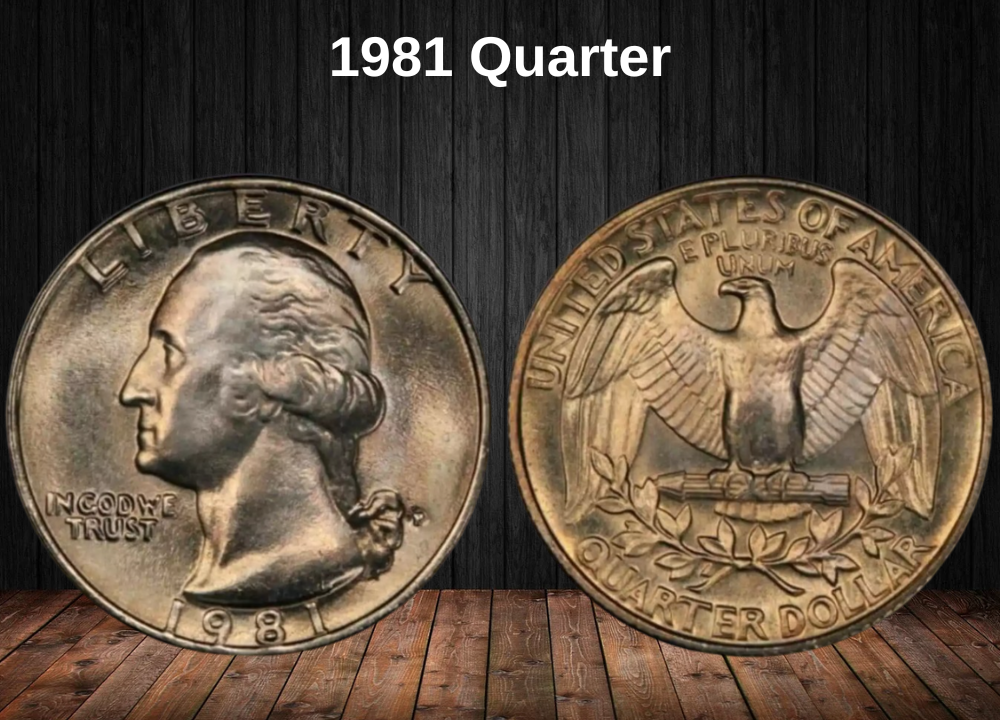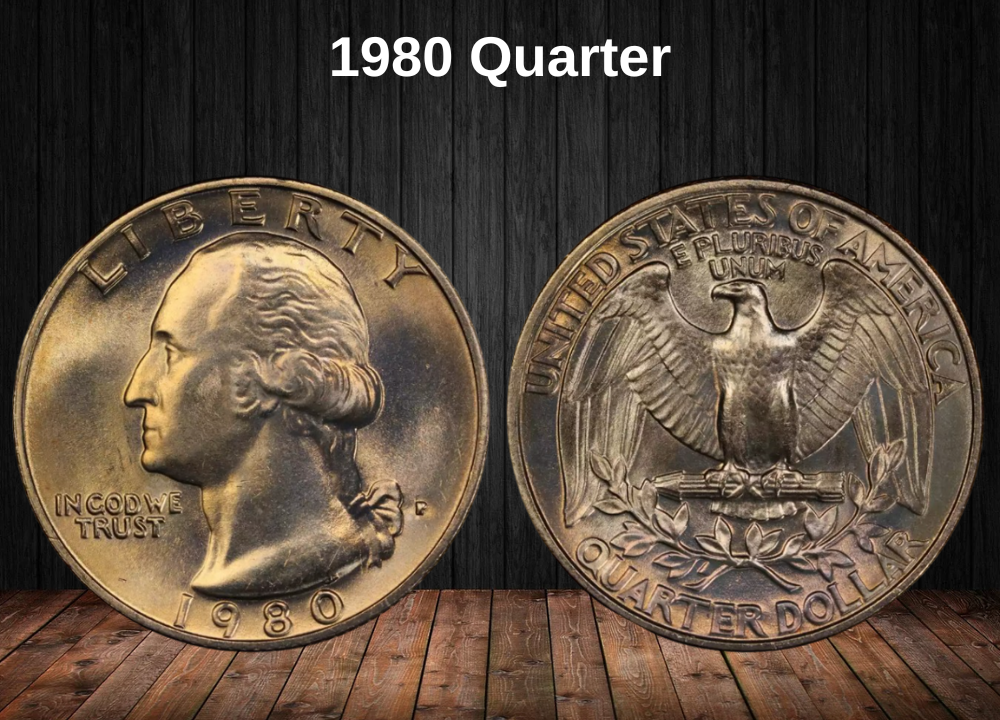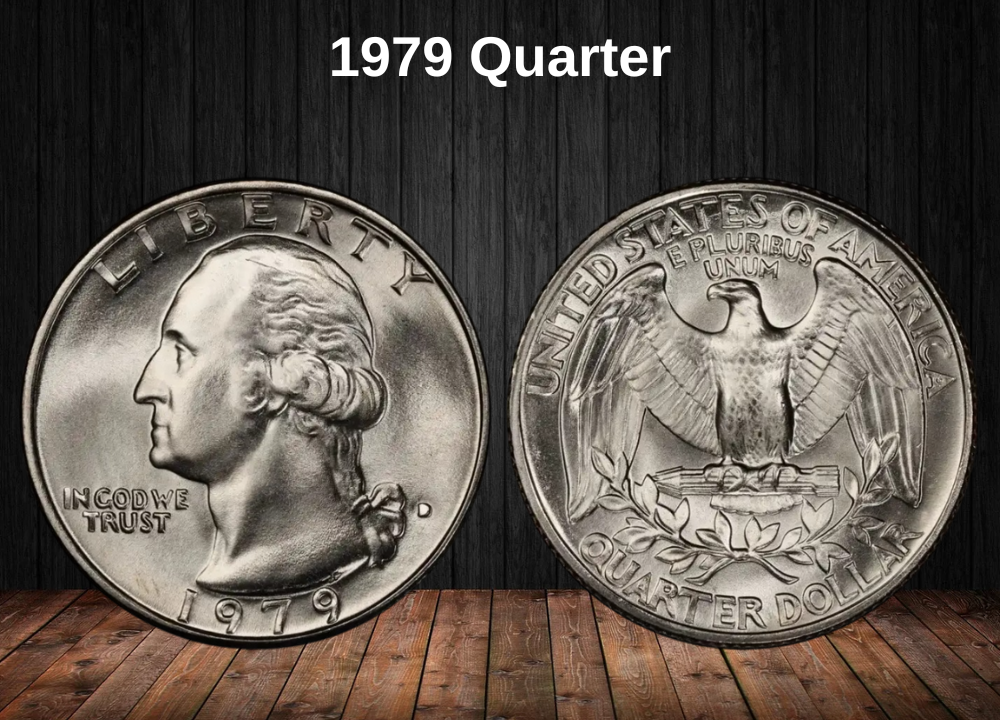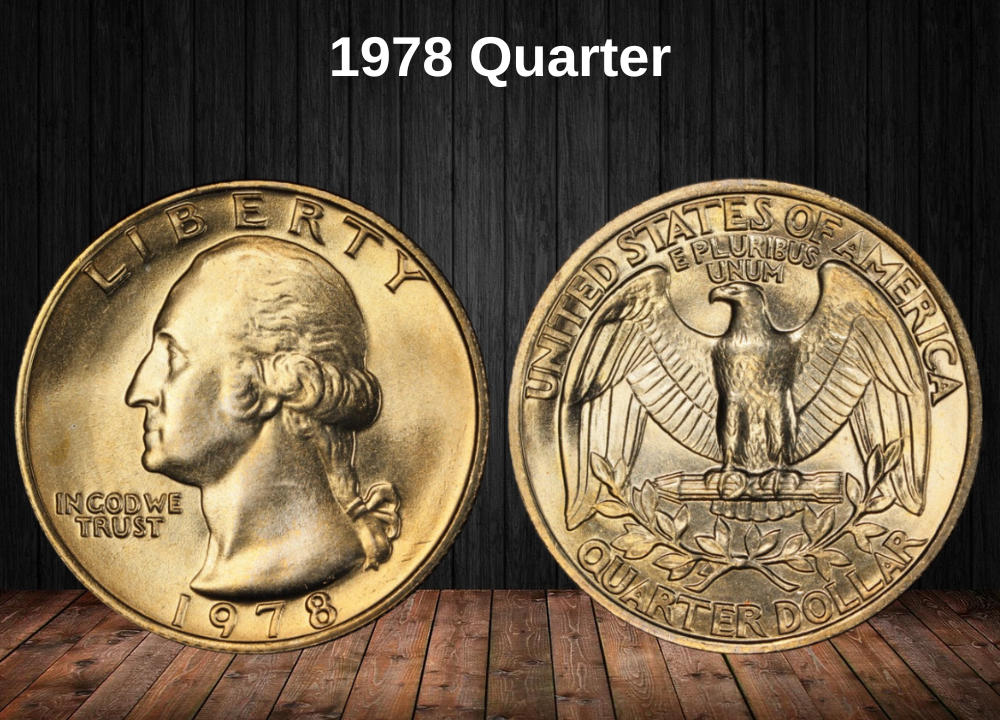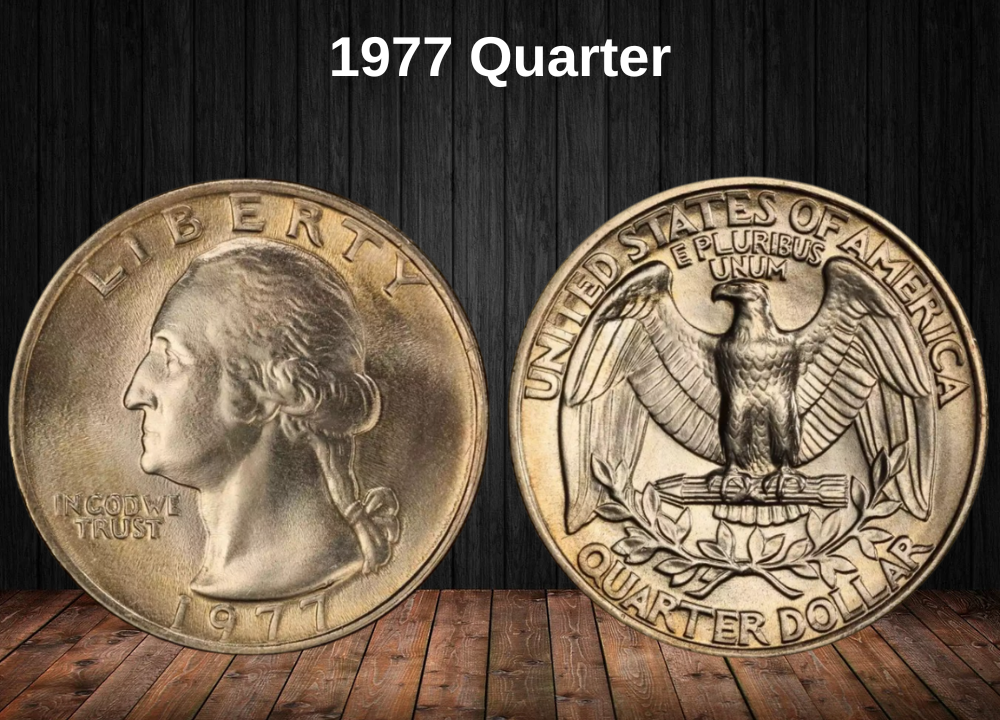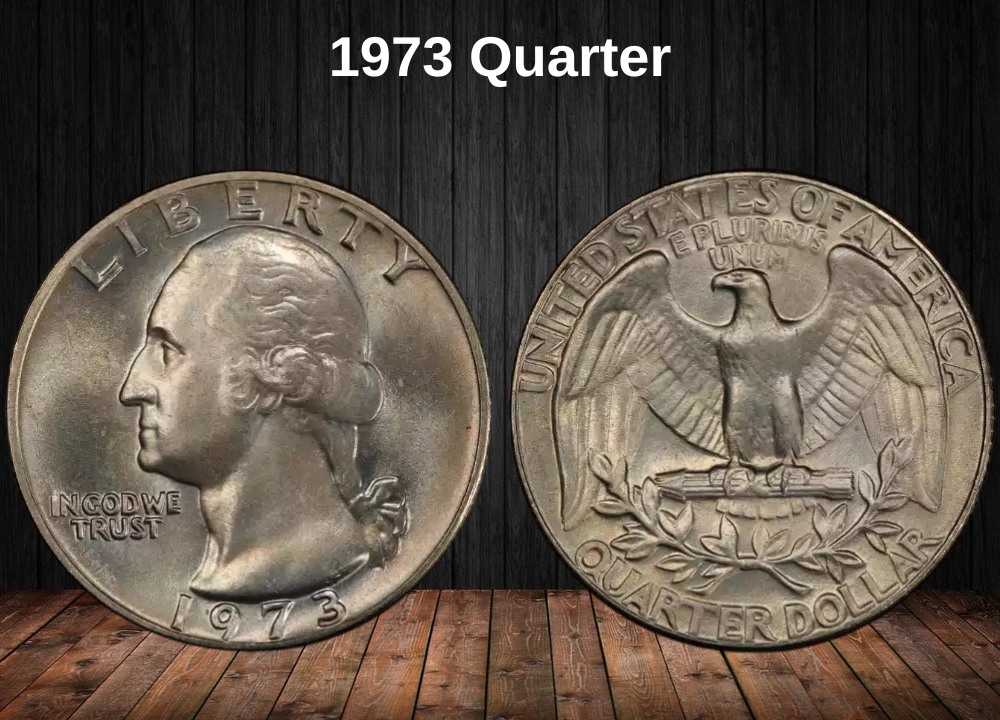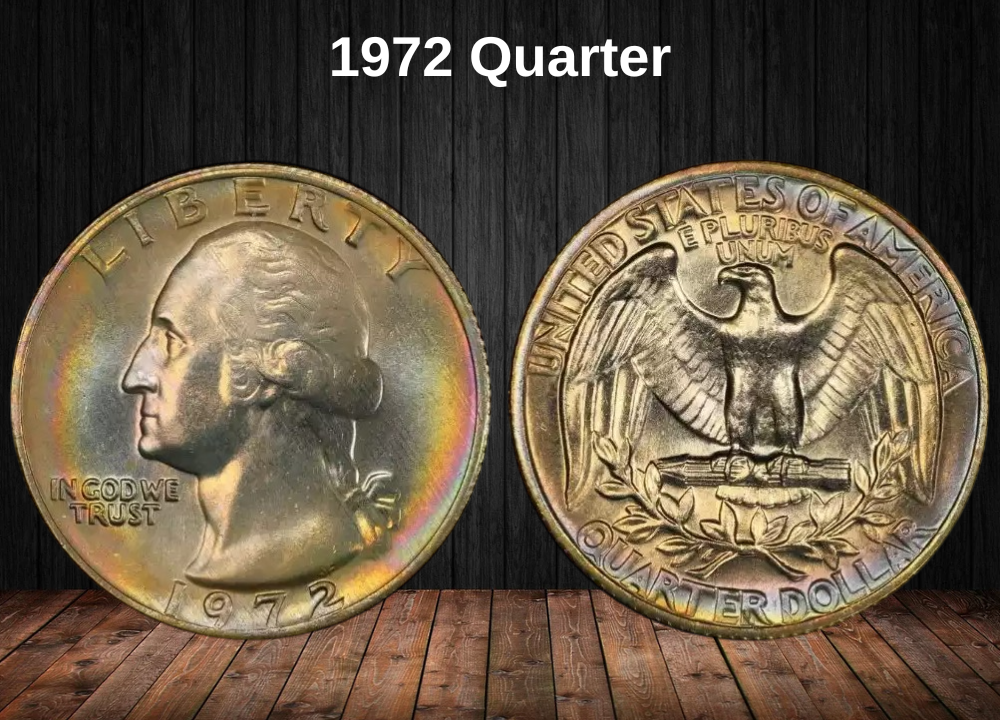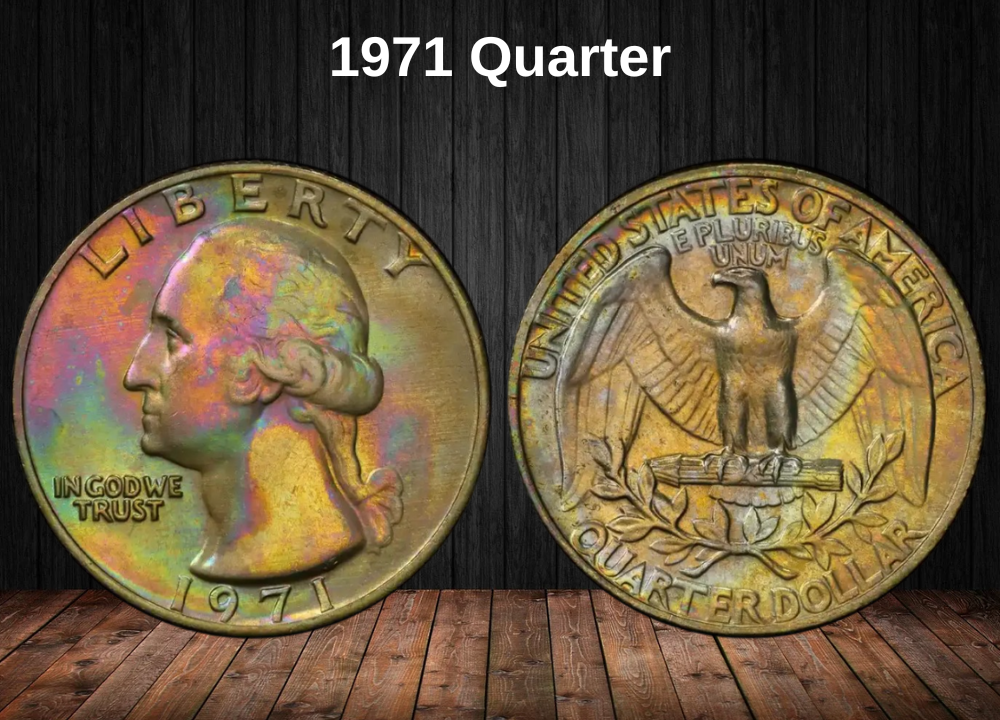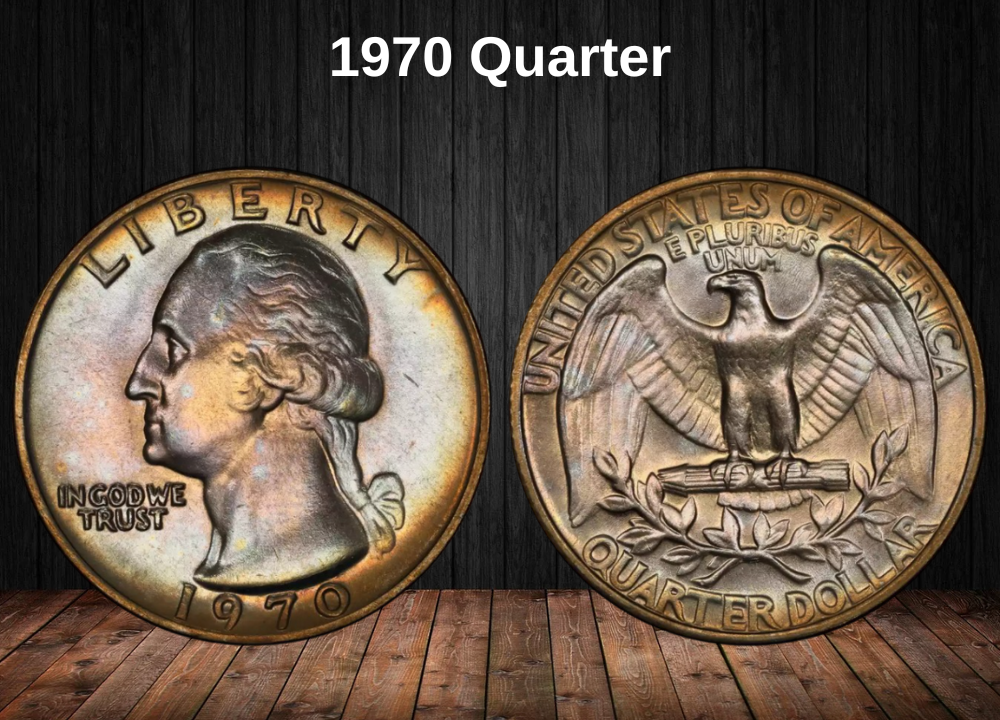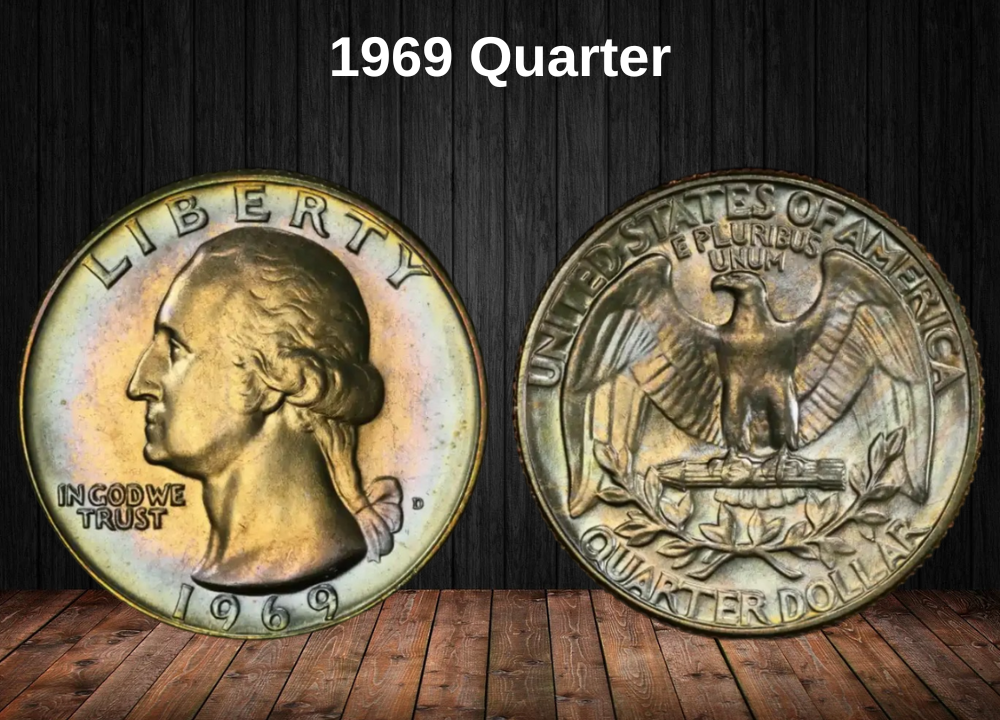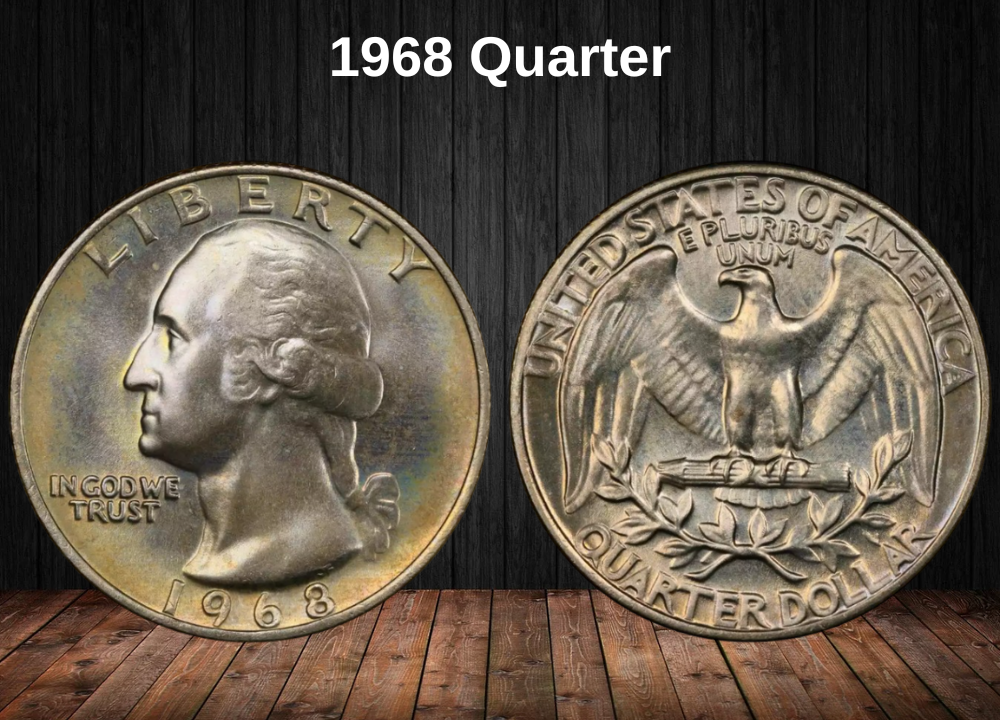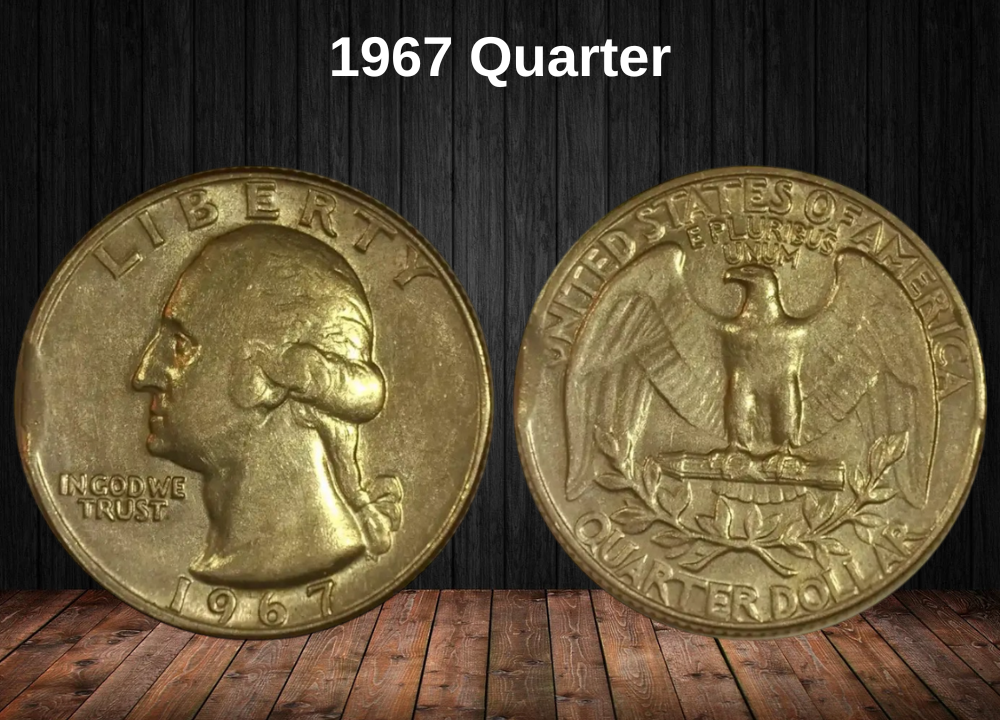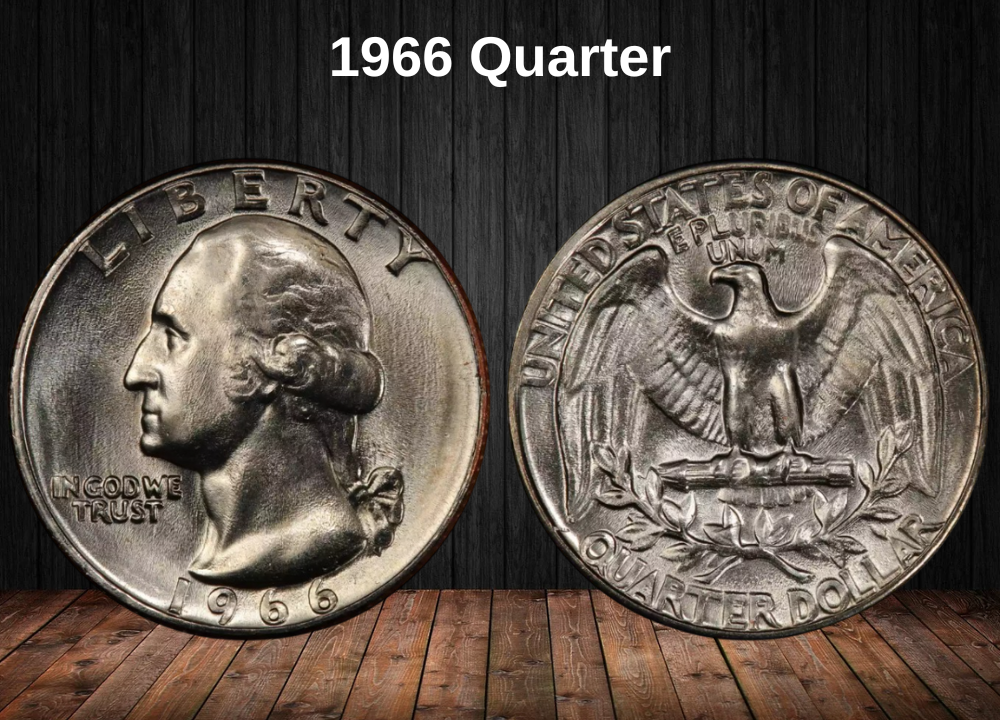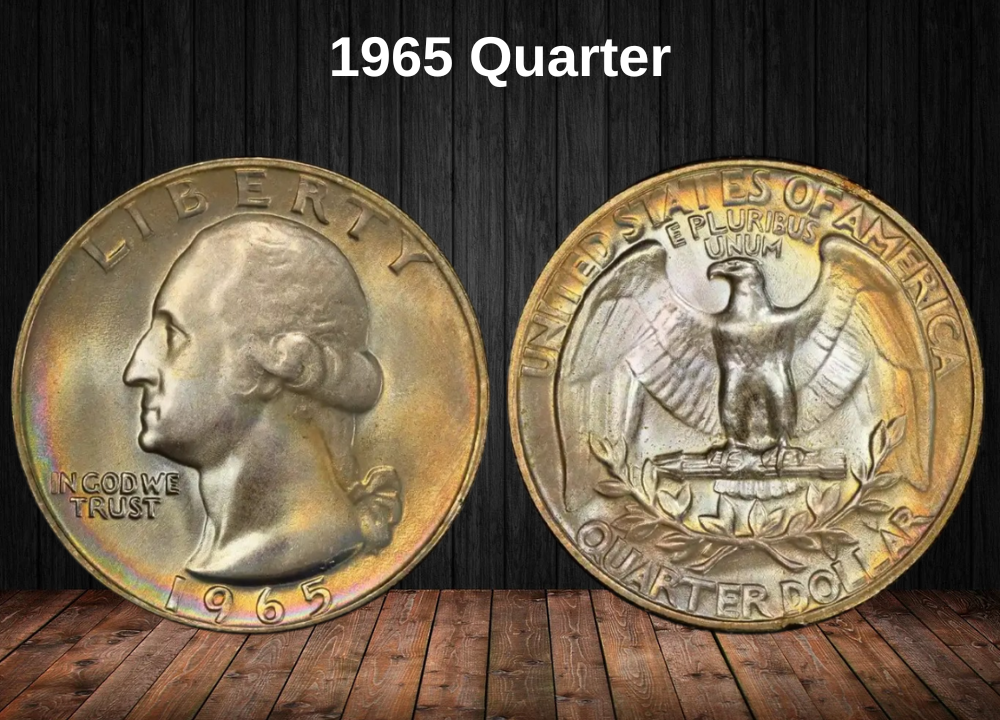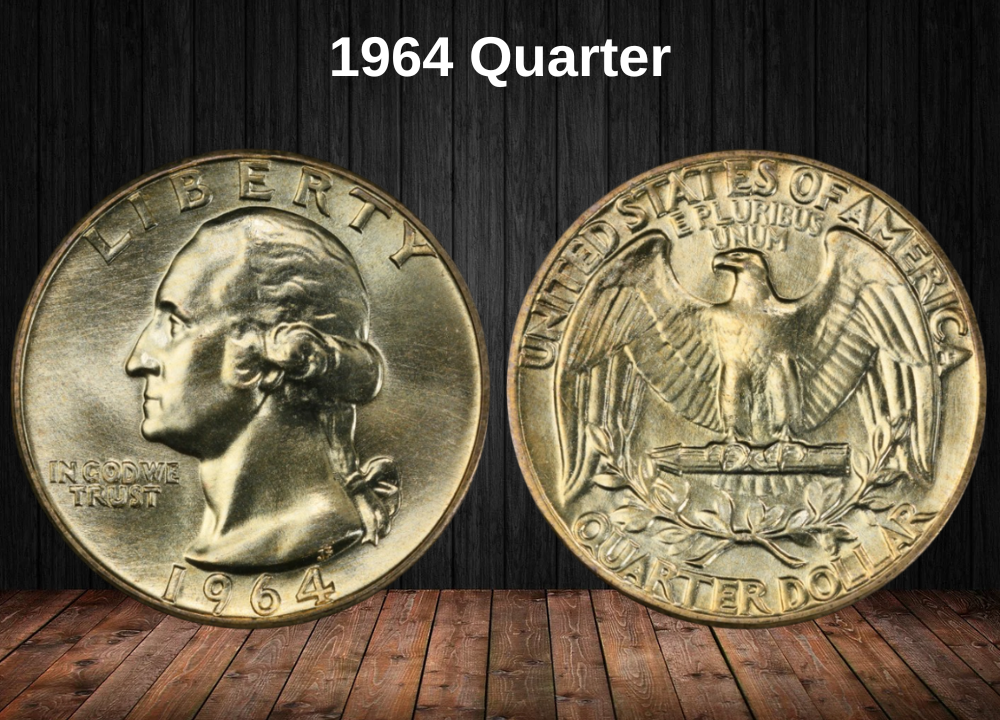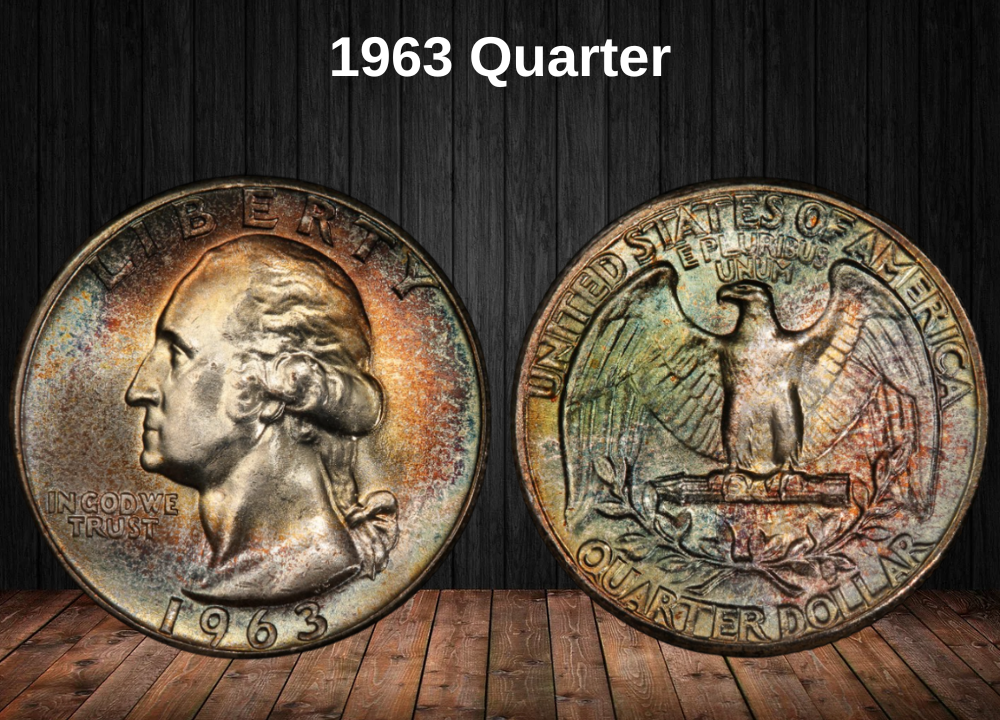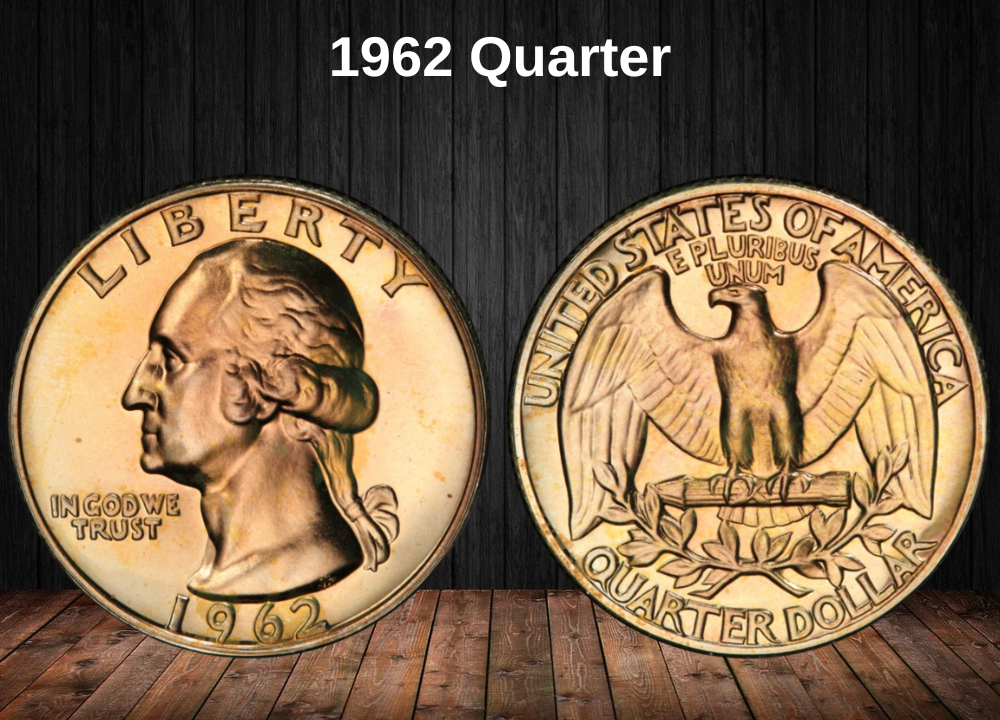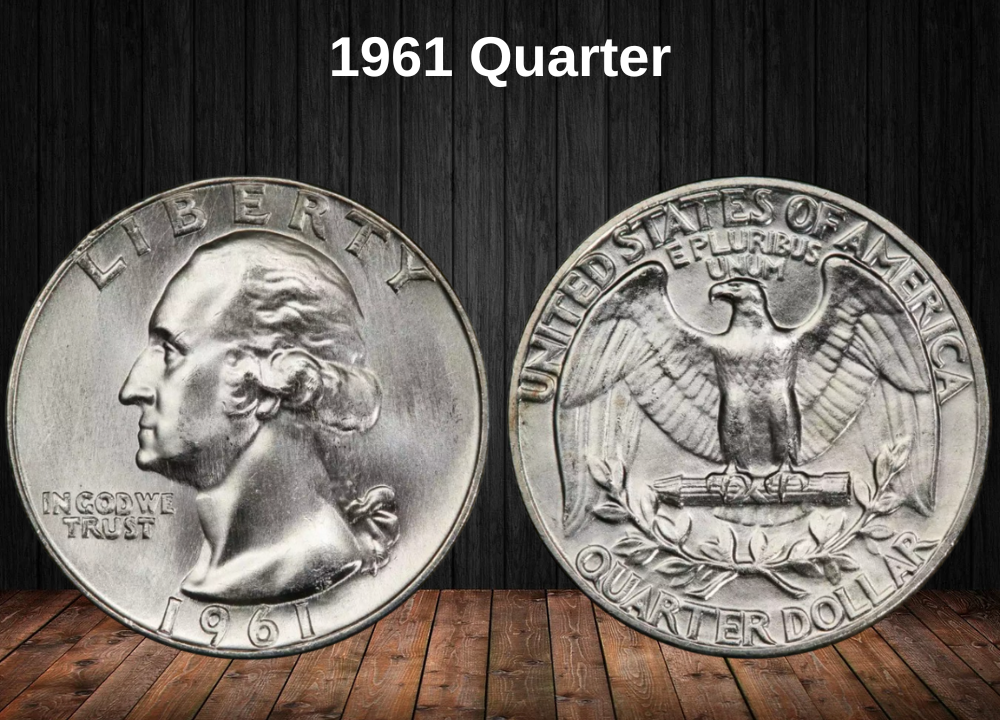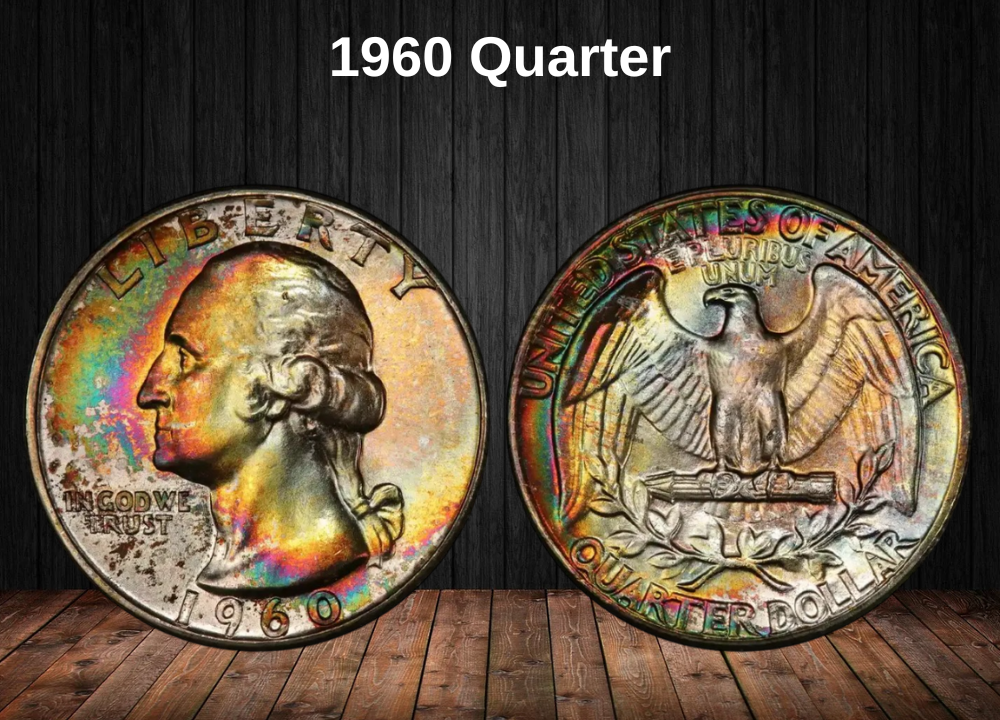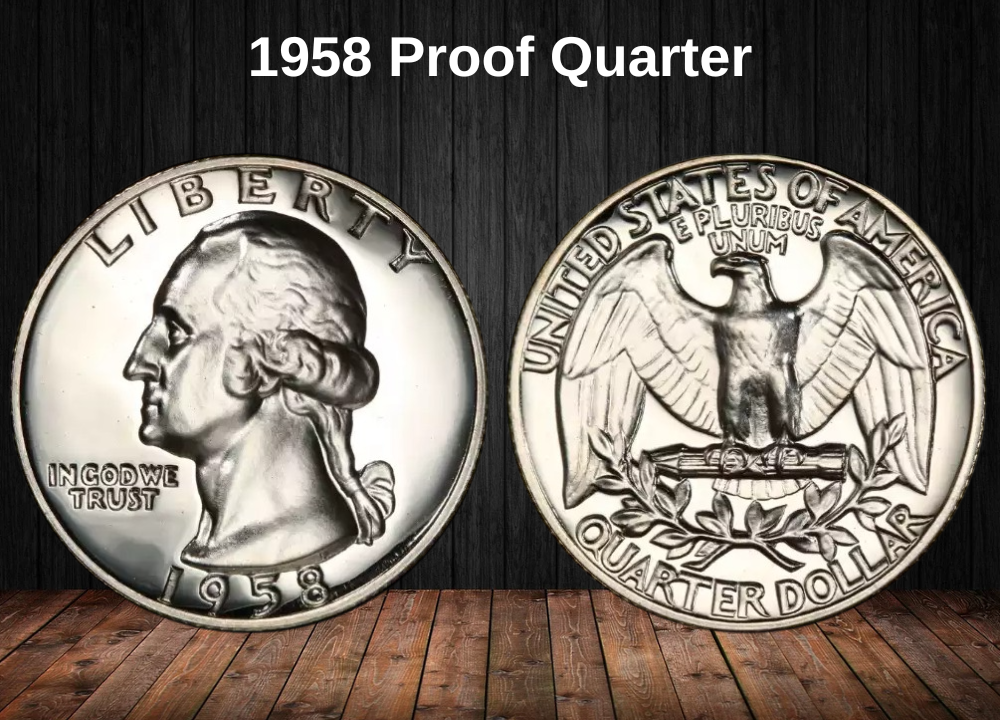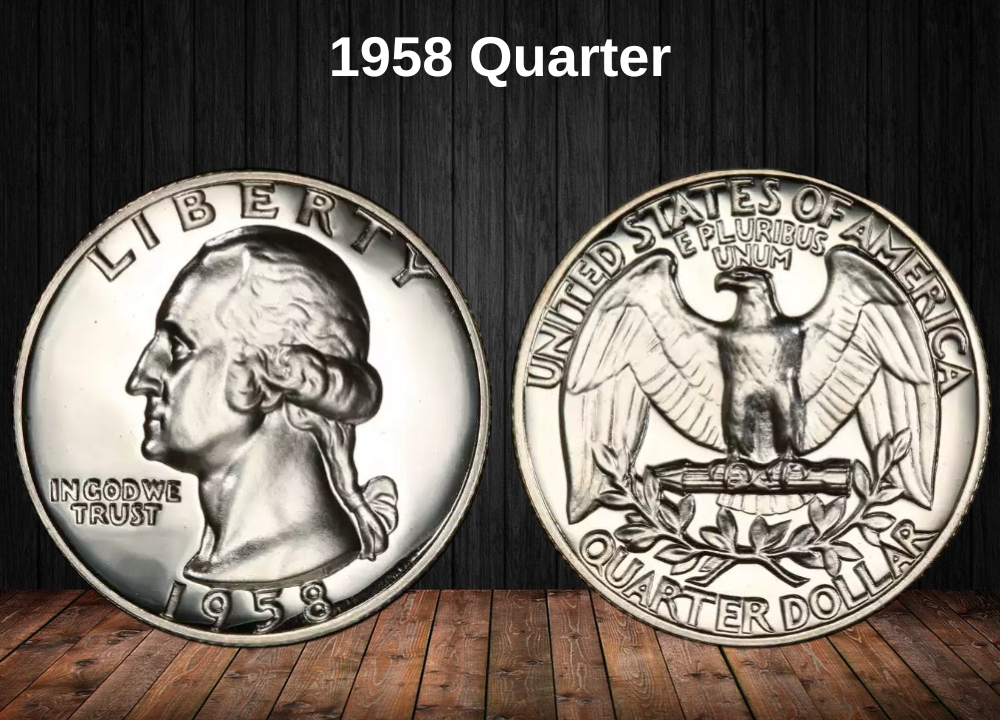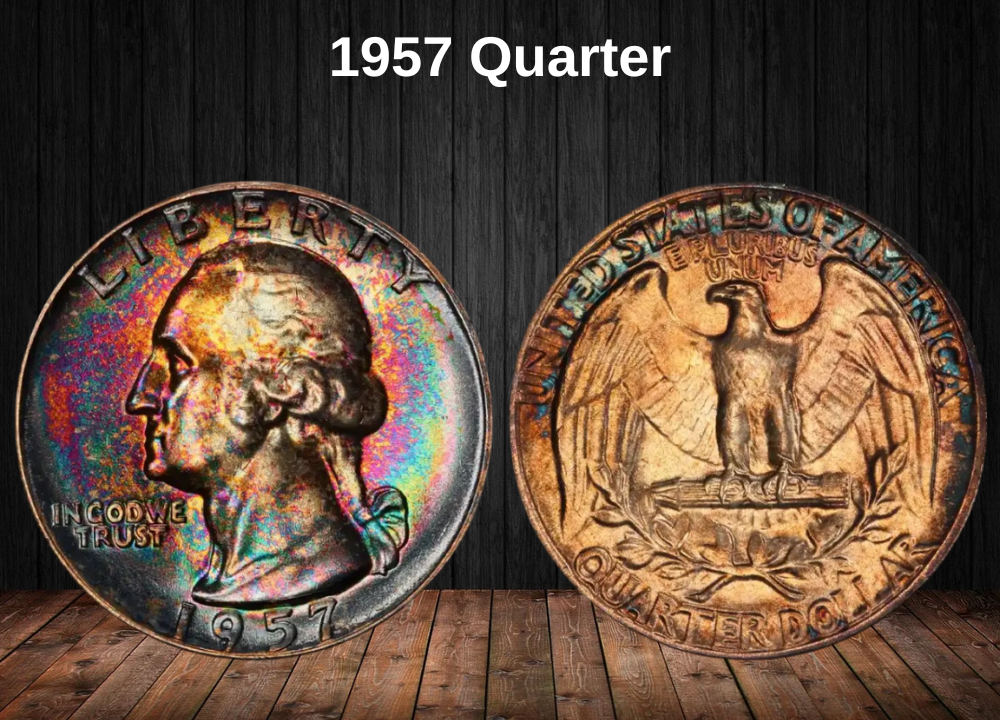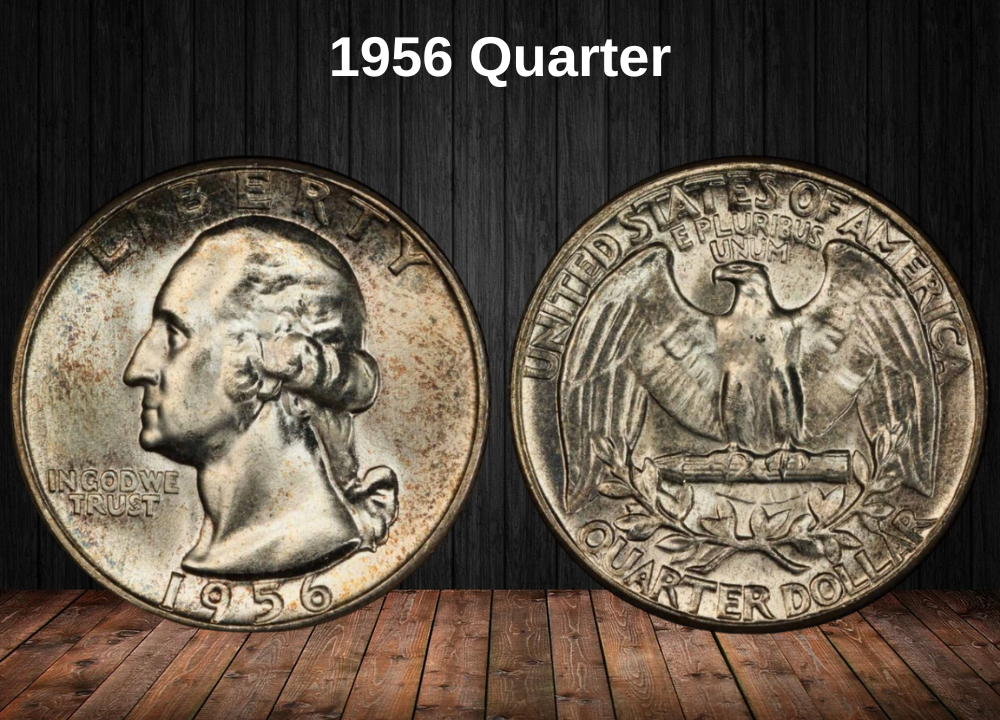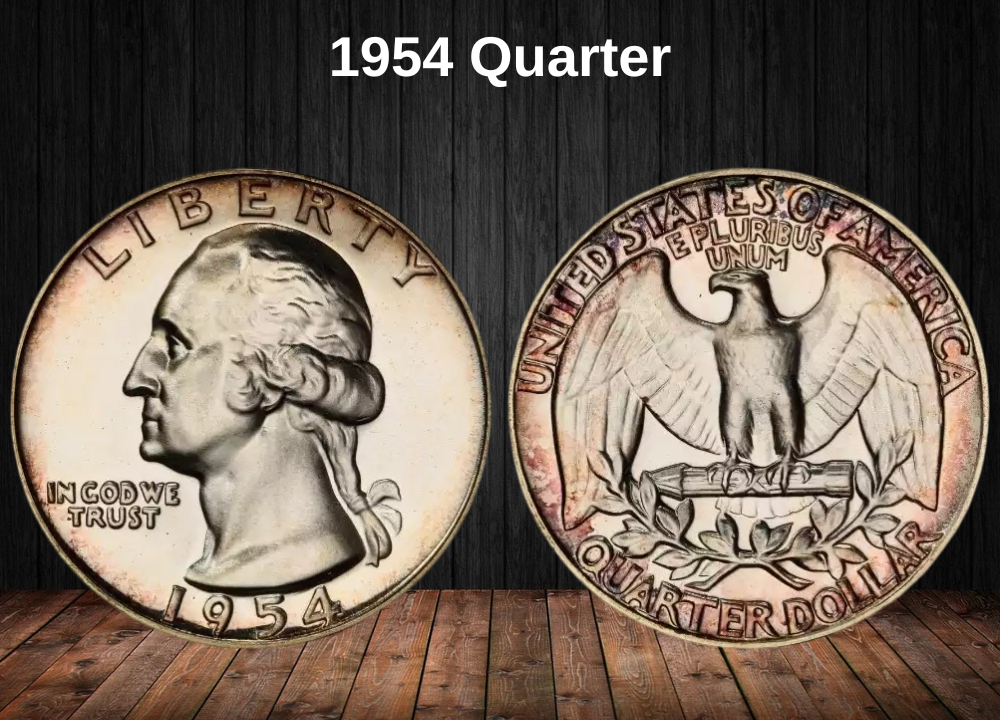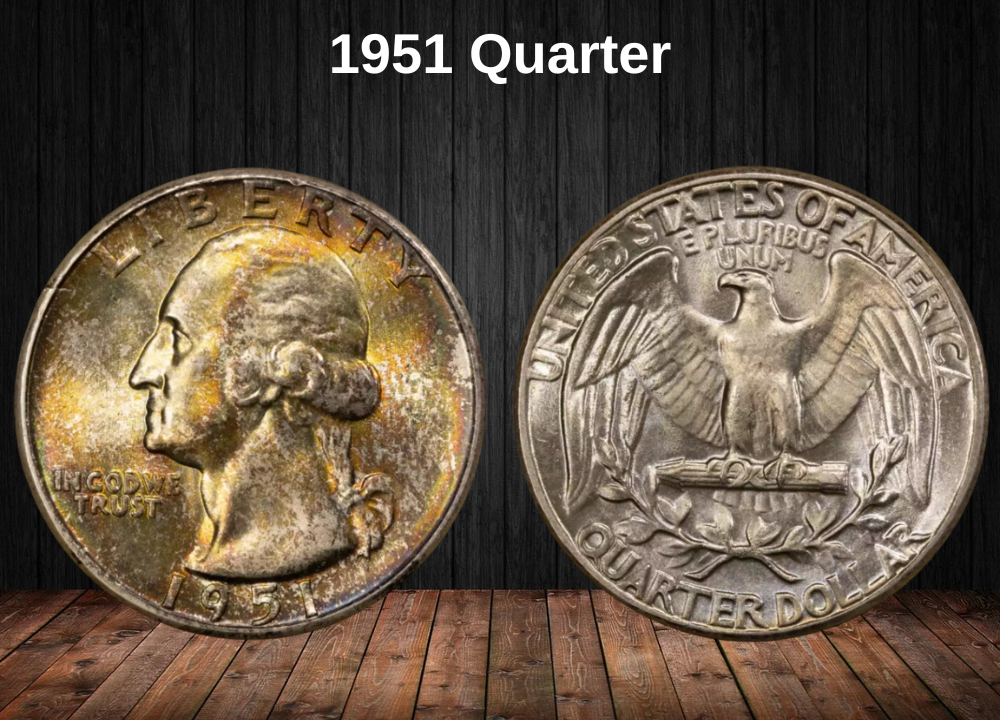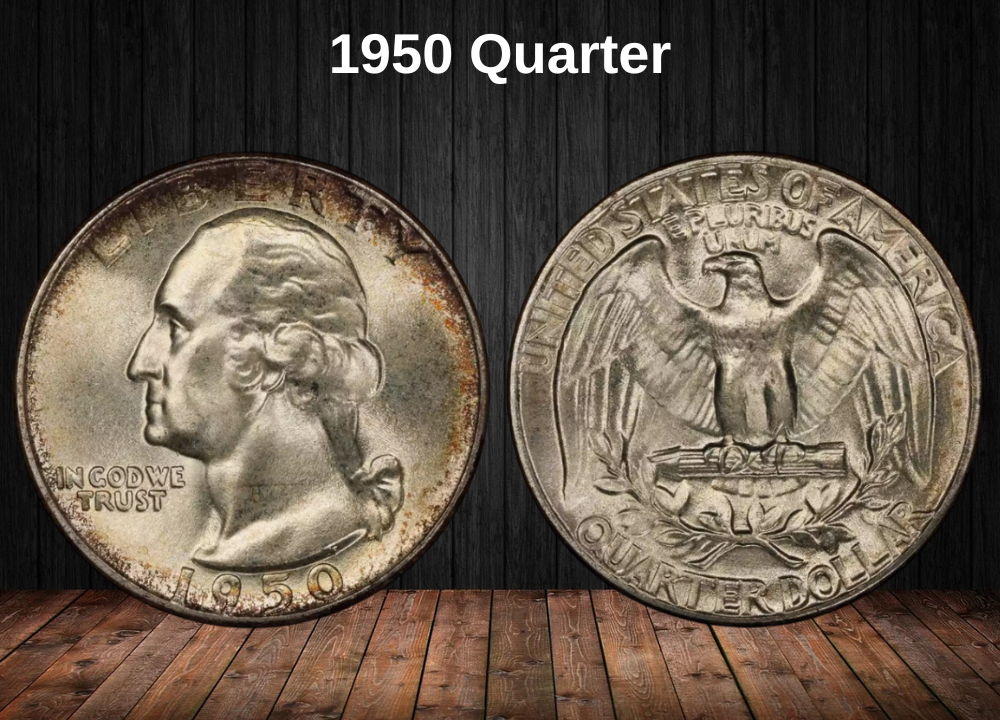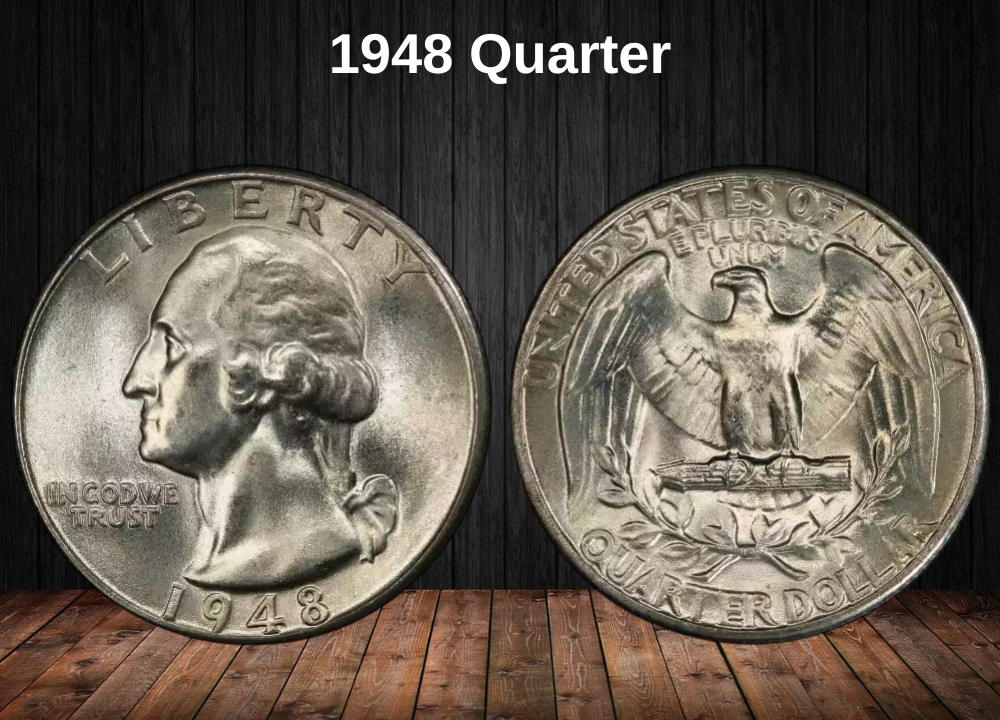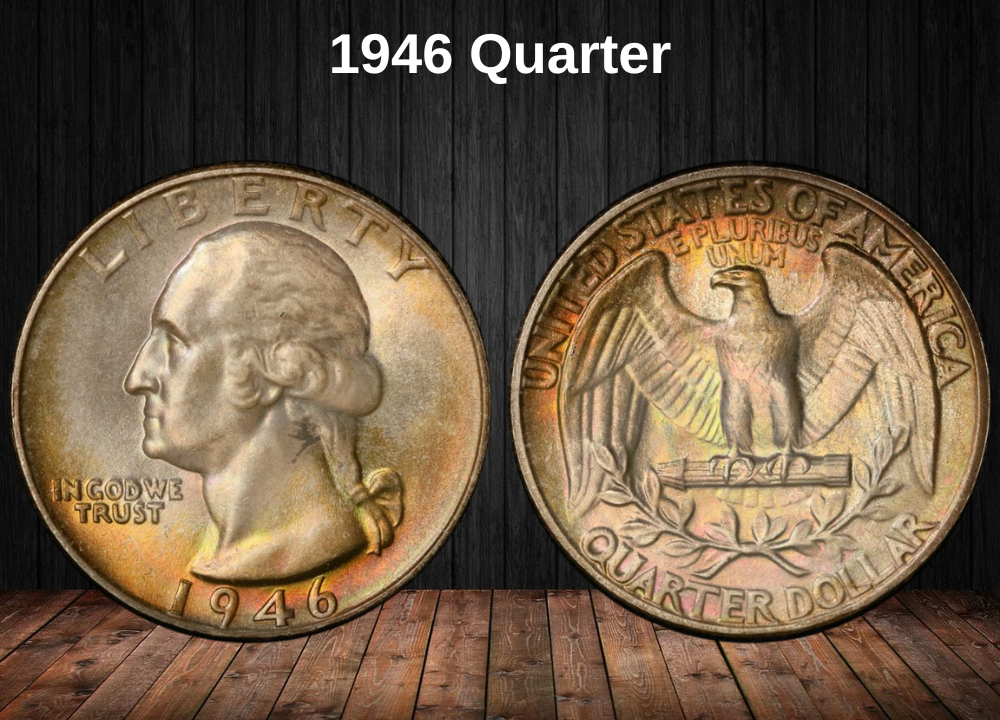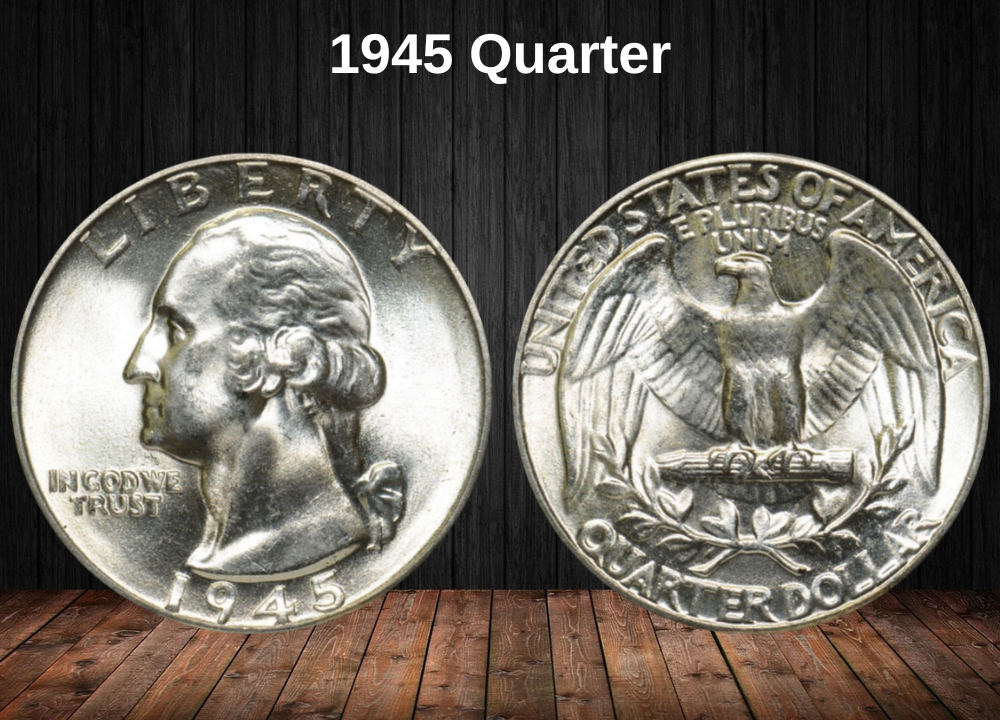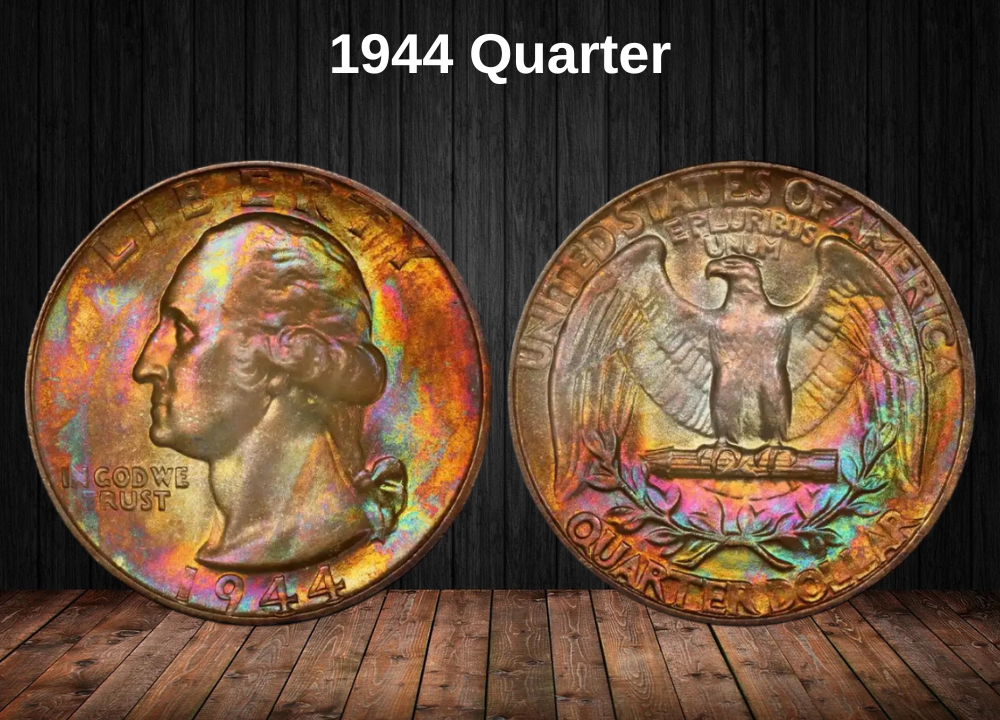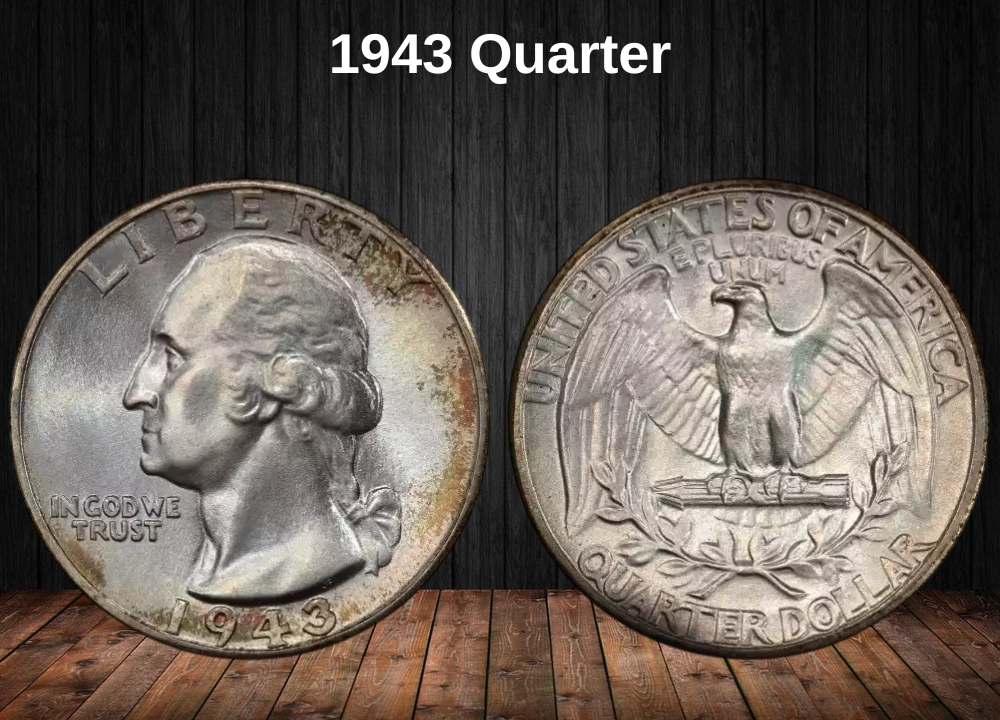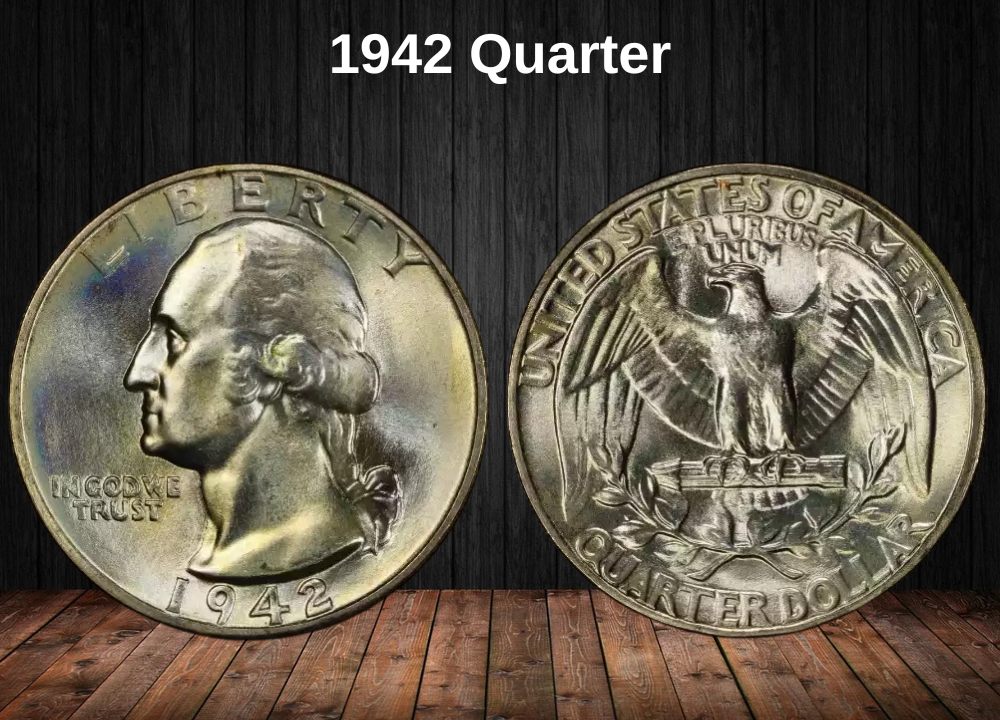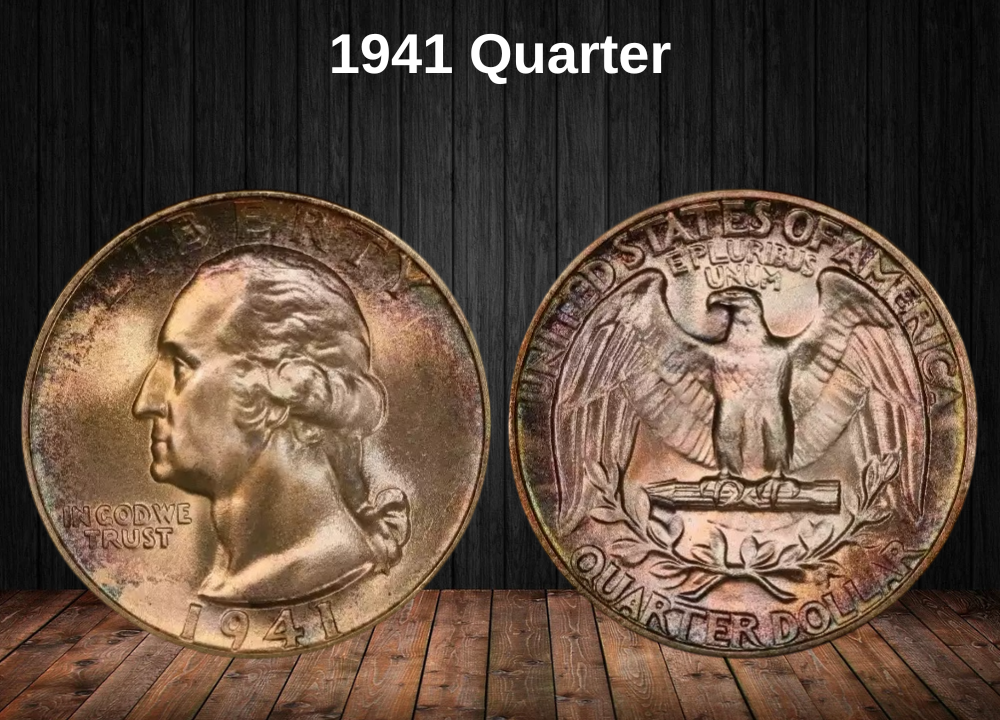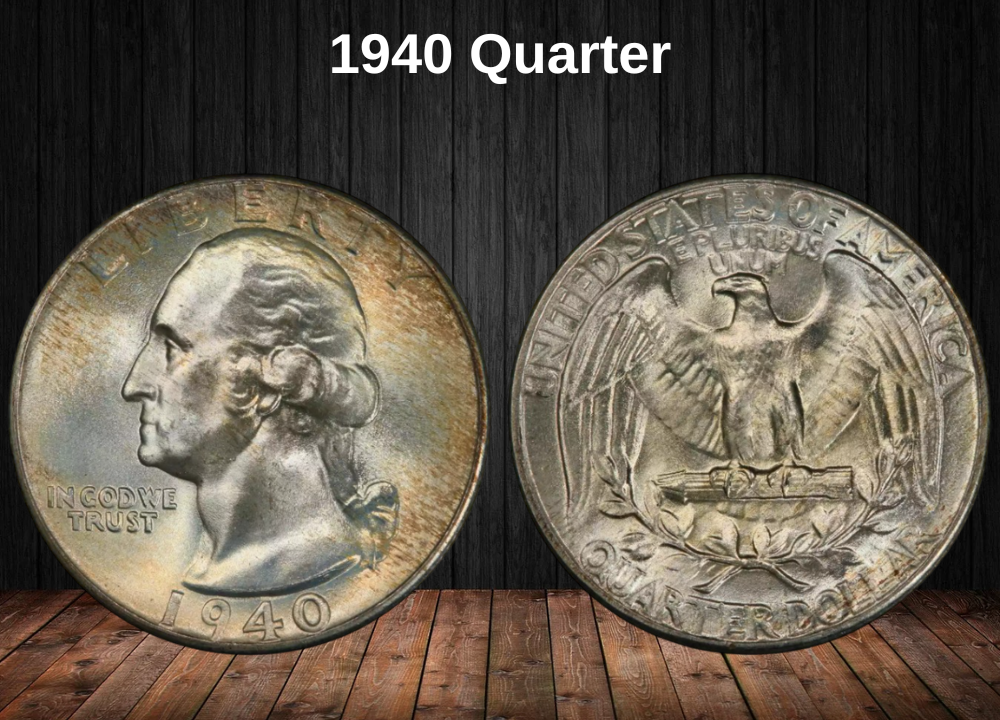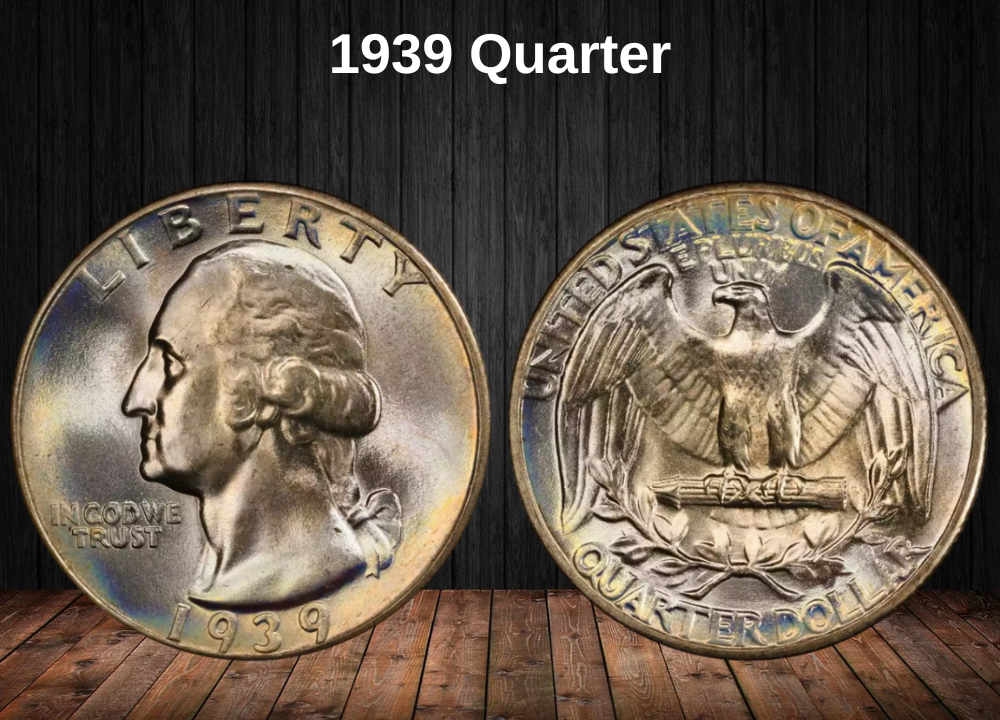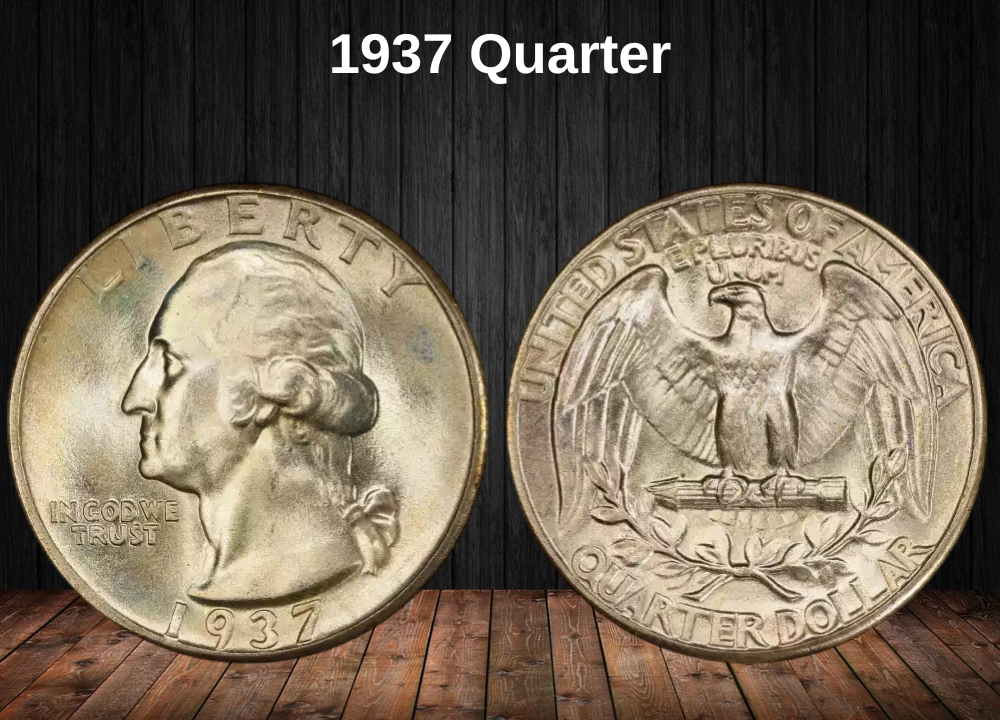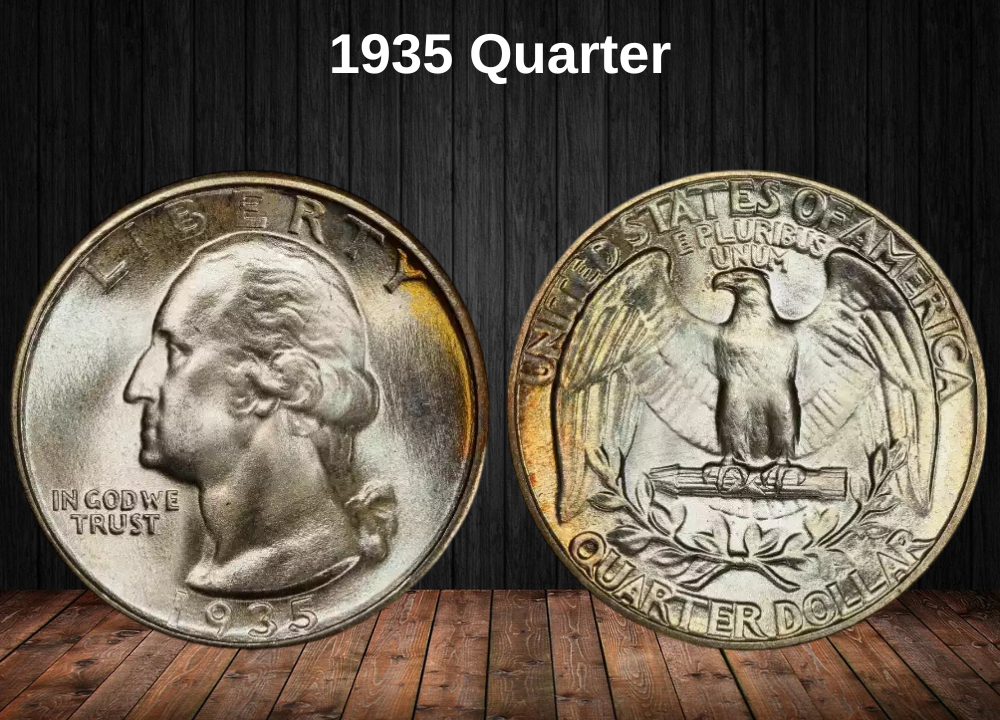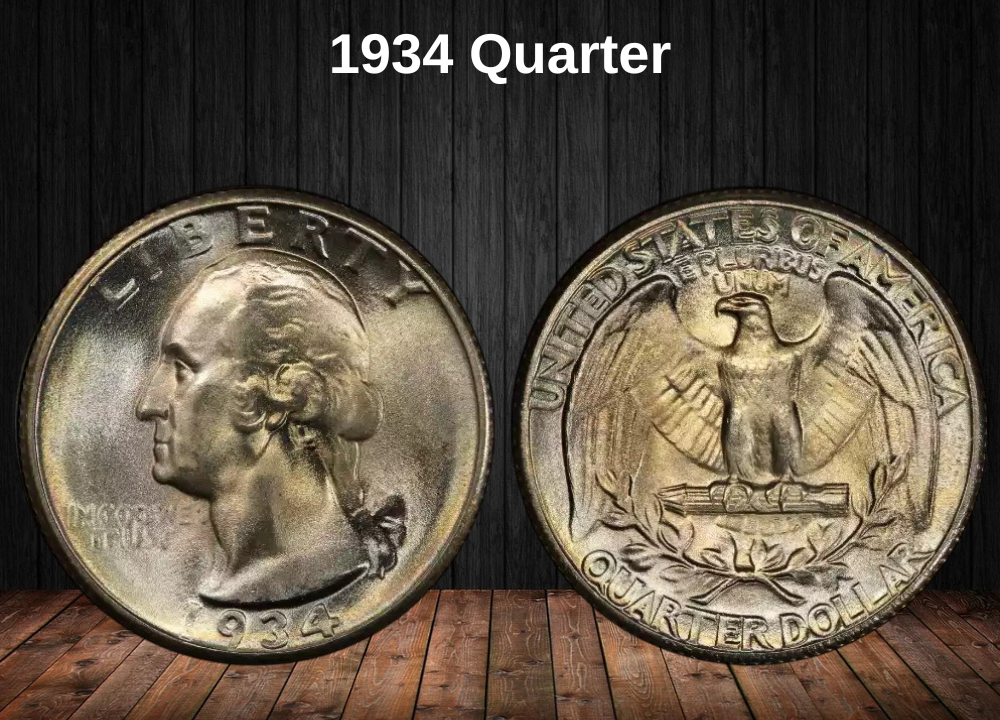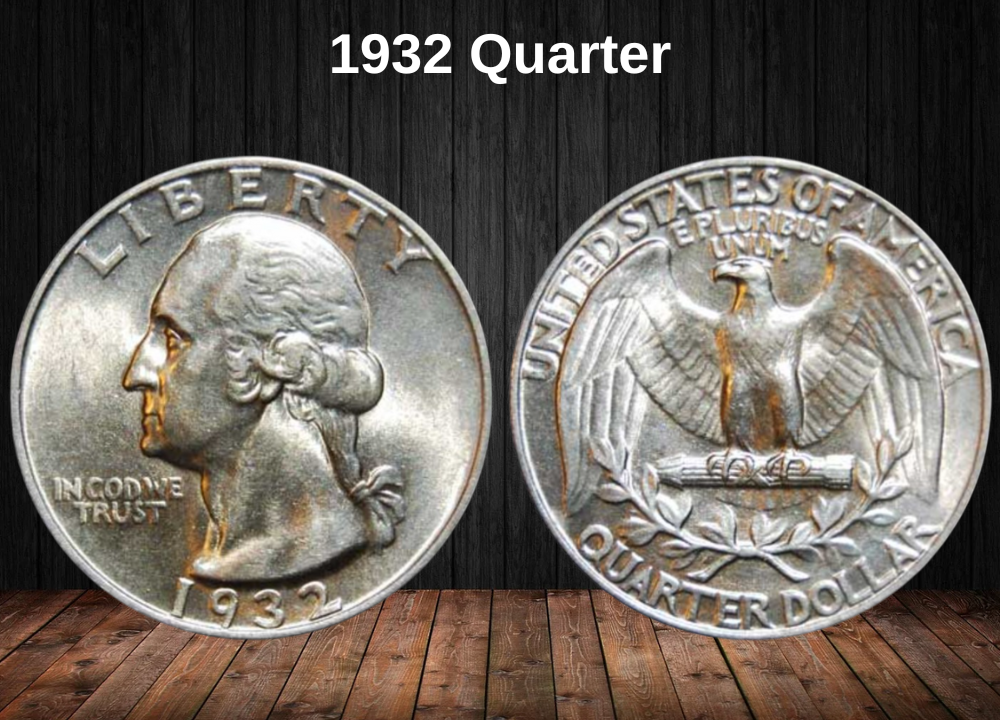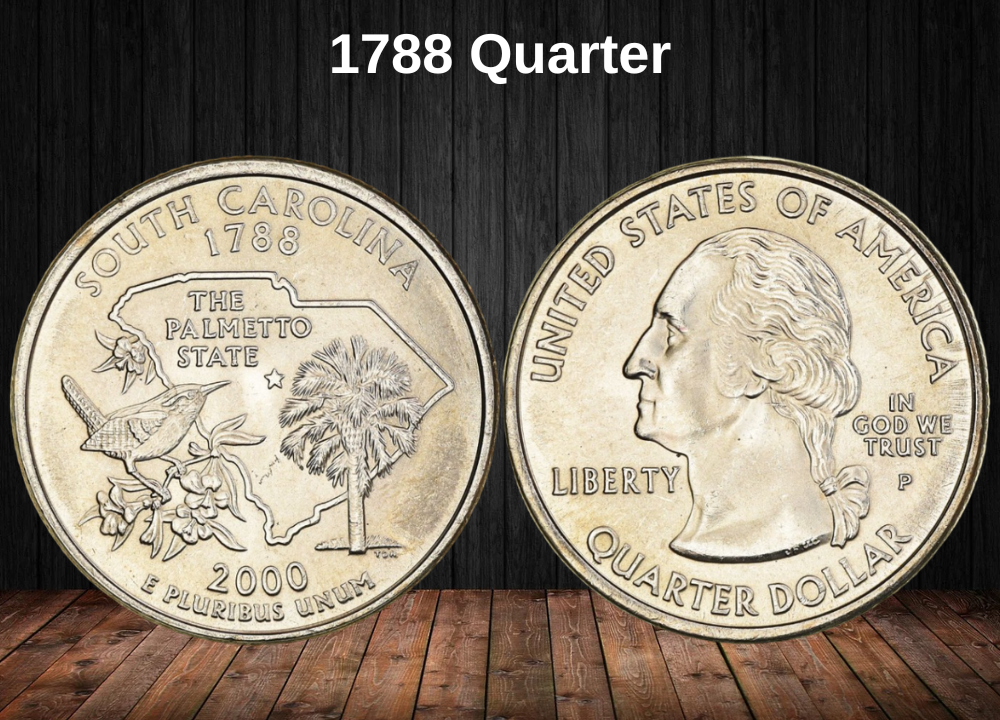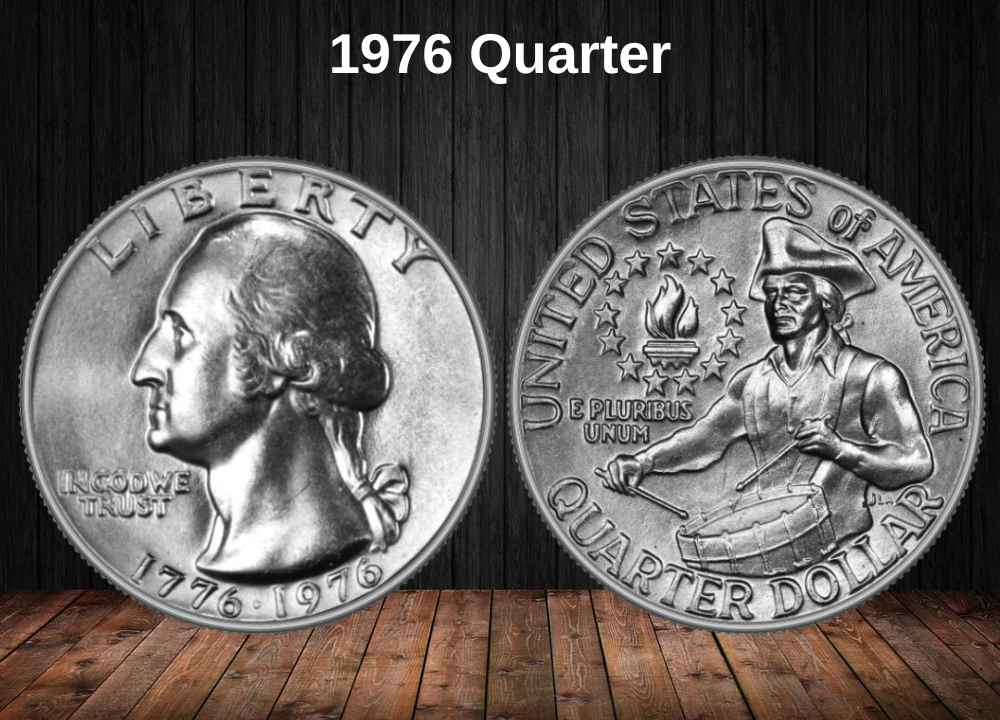The 1974 Washington Quarter is one of the classic clad-era issues, minted in massive numbers as America adjusted to its copper-nickel coinage system. While most circulated quarters from this year remain common and trade at face value, collectors have discovered several reasons to pay closer attention.
With Philadelphia, Denver, and San Francisco all contributing to production, the 1974 quarter offers a range of varieties—from regular circulation strikes to collectible proofs. For beginners, it represents an affordable entry point into coin collecting. For advanced numismatists, it holds interest through condition rarities and cameo/deep cameo proof designations.
In circulated grades, these coins are plentiful, often worth only $0.25–$0.67, but Mint State and proof examples can reach considerably higher values. Certified MS specimens push into the $7–$9 range, while San Francisco proofs achieve $6.88–$11.00, especially for coins with strong cameo contrast.
This balance of affordability and occasional rarity makes the 1974 quarter an excellent addition to both beginner and advanced collections.
1974 Quarter Value By Variety
Here’s the complete breakdown of 1974 quarter values by mint mark and proof designation.
| Type | Good | Fine | AU | MS | PR |
|---|---|---|---|---|---|
| 1974 No Mint Mark Quarter Value | $0.25 | $0.29 | $0.67 | $7.67 | — |
| 1974 D Quarter Value | $0.25 | $0.29 | $0.67 | $9.00 | — |
| 1974 S Proof Quarter Value | — | — | — | — | $6.88 |
| 1974 S CAM Quarter Value | — | — | — | — | $11.00 |
| 1974 S DCAM Quarter Value | — | — | — | — | $9.44 |
Top 7 Most Valuable 1974 Quarters Worth Money
| Rank | Coin Variety | Grade | Value |
|---|---|---|---|
| 1 | 1974-D Quarter (Rare MS-67) | MS-67 | $2,000 – $3,000 |
| 2 | 1974 No Mint Mark Quarter (Superb Gem) | MS-67 | $1,200 – $1,800 |
| 3 | 1974-S Proof Quarter (Perfect DCAM) | PR-70 DCAM | $900 – $1,200 |
| 4 | 1974-S CAM Proof Quarter | PR-69 CAM | $350 – $600 |
| 5 | 1974-D Quarter Doubled Die Obverse (DDO) | MS-65 | $300 – $500 |
| 6 | 1974 Off-Center Strike Quarter (Visible Date) | MS | $200 – $400 |
| 7 | 1974-S Proof Quarter (Standard High Grade) | PR-69 | $120 – $180 |
History of the 1974 Quarter
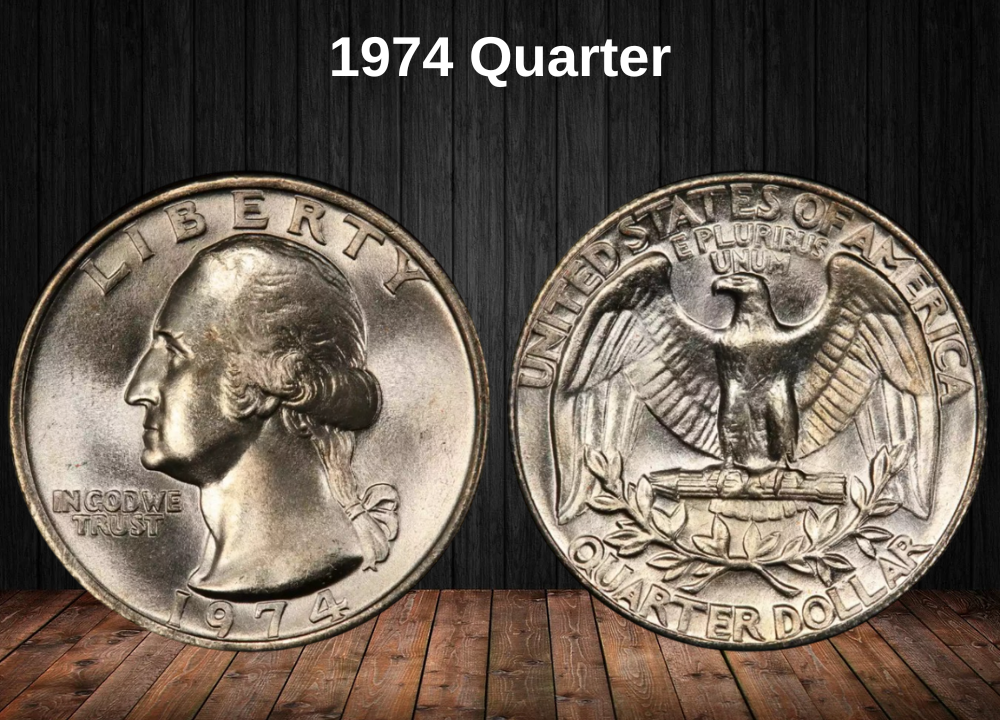
The 1974 Washington Quarter sits firmly in the clad era, almost a decade after the historic transition from 90% silver coinage. By this time, the copper-nickel alloy had become the standard for everyday U.S. quarters, but the shockwaves of the 1965 silver elimination were still fresh in collectors’ minds.
Philadelphia and Denver continued producing business strikes in massive quantities to meet the country’s demand for circulating coins. Meanwhile, San Francisco struck proof quarters, appealing to collectors who sought higher-quality examples with polished dies and sharp details.
This was also a transitional period in numismatic culture. The U.S. Mint faced increasing scrutiny from hobbyists demanding better quality control, as many business strike coins from the early 1970s showed weak strikes or excessive contact marks. At the same time, the proof coins reflected the Mint’s push to reestablish collector confidence after the suspension of traditional proofs during the mid-1960s.
Historically, 1974 is significant for being one of the final years before the Bicentennial coinage of 1976, when the Washington Quarter temporarily changed its reverse design to celebrate America’s 200th birthday. That makes 1974 part of the “last run” of standard eagle reverse quarters before the patriotic Bicentennial issues took center stage.
Today, the 1974 quarter remains one of the most approachable coins for new collectors while still offering hidden gems—whether in pristine Mint State condition, proof Cameo varieties, or rare error examples that showcase the quirks of 1970s minting.
Key Features of the 1974 Quarter
The 1974 Washington Quarter continues John Flanagan’s classic design, first introduced in 1932 to commemorate George Washington’s 200th birthday. While the coin’s appearance remained largely unchanged, its clad composition and production practices reflect the Mint’s adaptation to a post-silver economy.
The Obverse of the 1974 Quarter
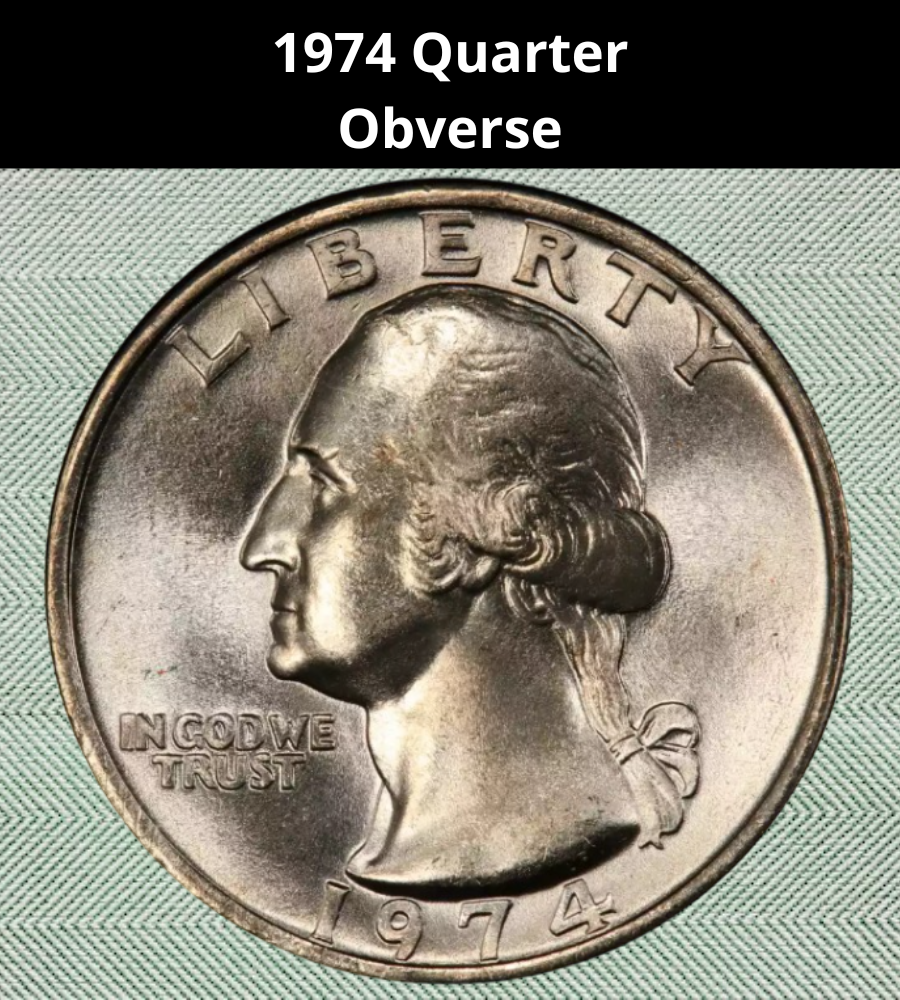
The obverse features a left-facing bust of George Washington, modeled after Jean-Antoine Houdon’s 1785 sculpture. Above Washington’s head is the inscription “LIBERTY,” while the motto “IN GOD WE TRUST” appears to the left, just under his chin. The date 1974 anchors the design along the lower rim.
The designer’s initials “JF” (John Flanagan) are subtly engraved at the base of the neckline.
The Reverse of the 1974 Quarter
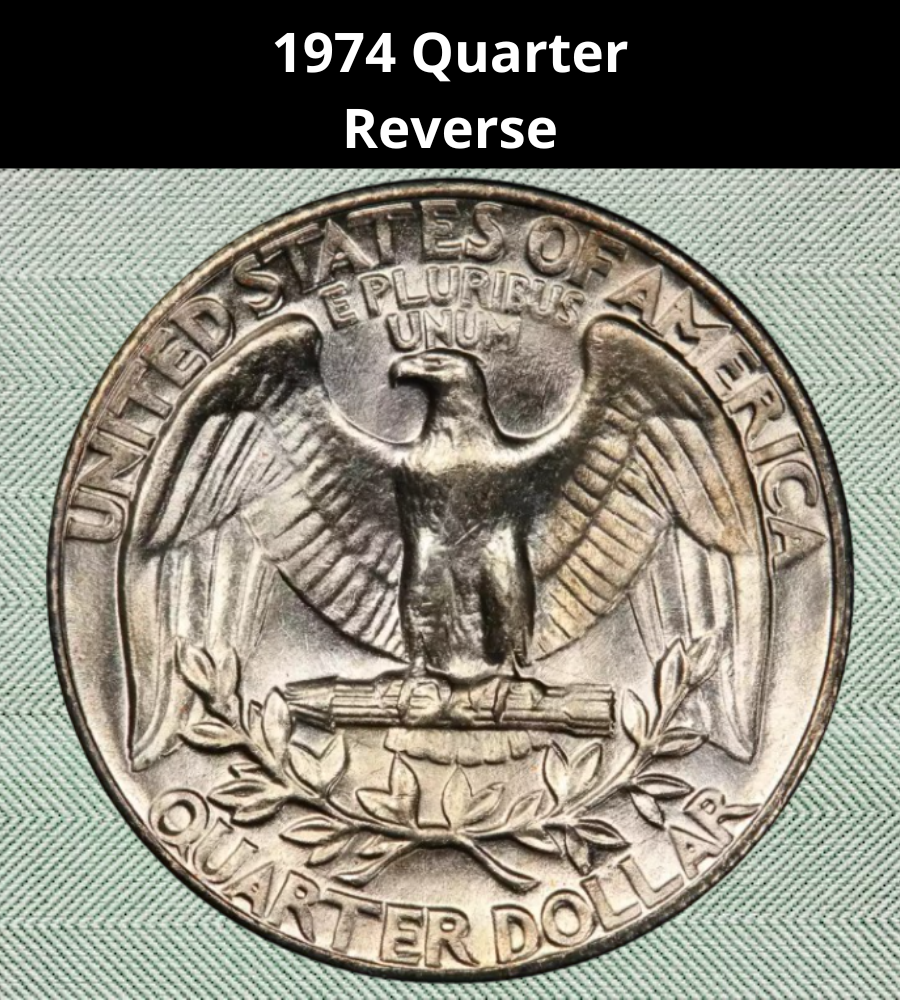
The reverse design shows a bold American bald eagle with wings spread wide, clutching a bundle of arrows in its talons. Beneath the eagle lies an olive branch, symbolizing peace tempered by military readiness.
At the top rim, you’ll see “UNITED STATES OF AMERICA” with “E PLURIBUS UNUM” directly above the eagle. Along the bottom rim is the denomination, “QUARTER DOLLAR.”
Other Features of the 1974 Quarter
- Composition: 91.67% copper, 8.33% nickel (copper-nickel clad)
- Weight: 5.67 grams
- Diameter: 24.3 mm
- Thickness: 1.75 mm
- Edge: Reeded (119 reeds)
- Mint Marks: None (Philadelphia), “D” (Denver), “S” (San Francisco for proofs)
These technical details make the 1974 quarter easy to distinguish from pre-1965 silver issues, which are heavier and produce a different metallic sound. The clad construction and reeded edge also helped reduce counterfeiting while preserving the iconic Washington design.
1974 Quarter Grading
| Grade | Description | Value Impact |
|---|---|---|
| G-4 (Good) | Heavy wear with major details flat; Washington’s portrait and eagle are still identifiable. | Worth only face value ($0.25). |
| F-12 (Fine) | Moderate wear; mottoes and date remain legible, though Washington’s hair and eagle feathers lack detail. | Slightly above face value ($0.29). |
| AU-50 (About Uncirculated) | Light friction on high points; partial luster may remain, especially in protected areas. | Around $0.67. |
| MS-60 (Mint State) | Uncirculated with noticeable bag marks or dull luster. | Entry-level collectible (~$3–$5). |
| MS-63 (Choice Uncirculated) | Sharper strike with better luster; minor contact marks visible. | $6–$10 range. |
| MS-65 (Gem Uncirculated) | Strong luster, minimal marks, sharp details in Washington’s hair and eagle feathers. | $25–$50+. |
| MS-67 (Superb Gem) | Nearly flawless with vibrant cartwheel luster and excellent strike; very scarce. | $200–$350+. |
| Proof Grades (PR-60 to PR-70) | Struck on polished planchets with mirror-like fields. CAM and DCAM designations increase value substantially. | $6.88 (standard proof) to $300+ (PR-70 DCAM). |
1974 Quarter Value Guides
1974 No Mint Mark Quarter Value
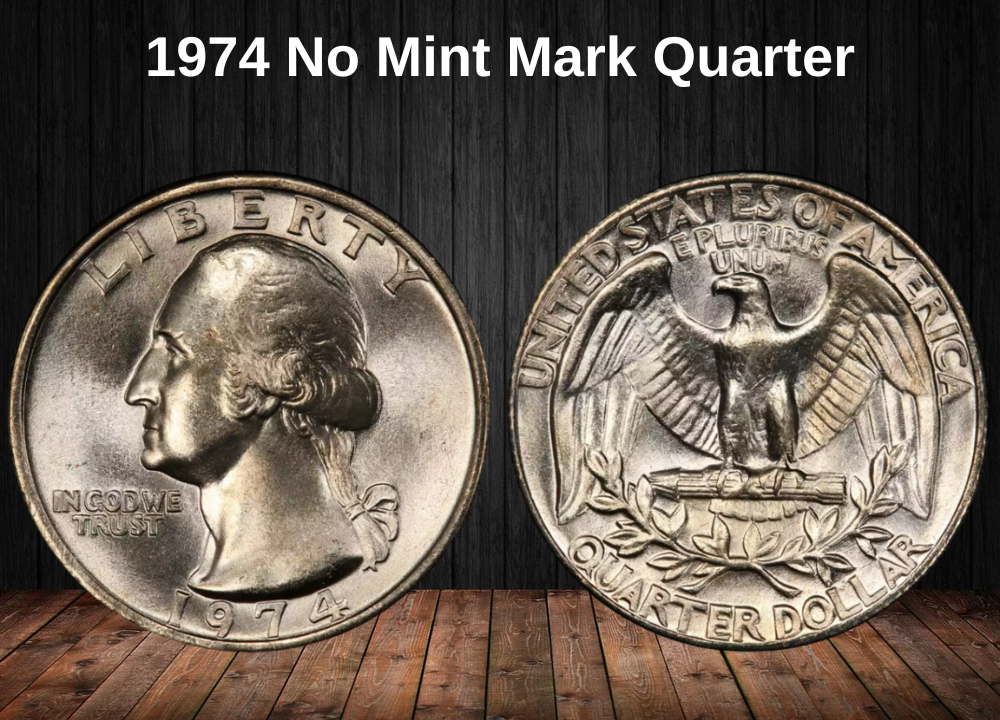
The 1974 No Mint Mark Quarter was struck at the Philadelphia Mint, which at the time did not use mint marks. With a mintage in the hundreds of millions, these coins were workhorses of everyday commerce during the mid-1970s.
Most examples remain common in circulated grades and are worth only their face value. However, finding high-quality Mint State survivors with sharp strikes and clean surfaces is much harder than it seems. Philadelphia coins often show weak details in Washington’s hair and the eagle’s breast feathers, making gem examples in MS-65 and above highly collectible.
For collectors, the real appeal lies in pristine examples and those certified at the top of the grading scale. While lower grades are affordable, the jump in value for higher Mint State coins highlights the importance of condition when collecting 1974 quarters.
1974 No Mint Mark Quarter Value/Grade Chart
| Grade | Value Range |
|---|---|
| G-4 (Good) | $0.25 |
| F-12 (Fine) | $0.29 |
| AU-50 (About Uncirculated) | $0.67 |
| MS-60 | $3 – $5 |
| MS-63 | $6 – $10 |
| MS-65 (Gem Uncirculated) | $25 – $40 |
| MS-67 (Superb Gem) | $120 – $200+ |
1974-D Quarter Value
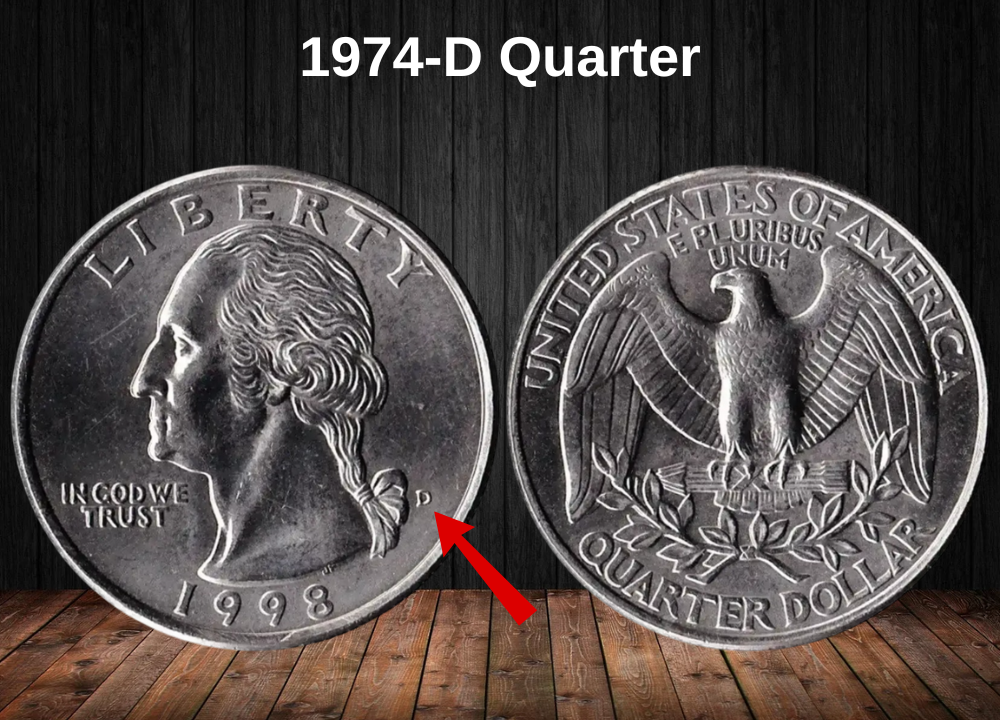
The 1974-D Washington Quarter was struck at the Denver Mint, with a massive mintage that ensured widespread circulation. Like its Philadelphia counterpart, most examples today are worth only face value in circulated condition.
What makes the 1974-D more interesting to collectors is the potential for higher Mint State grades. Denver strikes from this era are often better than Philadelphia’s in terms of sharpness, but many still carry bag marks or contact abrasions from bulk handling.
Finding a 1974-D quarter graded MS-65 or higher is much less common than it may seem, and prices reflect that scarcity. For advanced collectors, a superb gem (MS-67) offers both condition rarity and strong market demand.
1974-D Quarter Value/Grade Chart
| Grade | Value Range |
|---|---|
| G-4 (Good) | $0.25 |
| F-12 (Fine) | $0.29 |
| AU-50 (About Uncirculated) | $0.67 |
| MS-60 | $4 – $6 |
| MS-63 | $8 – $12 |
| MS-65 (Gem Uncirculated) | $35 – $60 |
| MS-67 (Superb Gem) | $200 – $300+ |
1974-S Proof Quarter Value
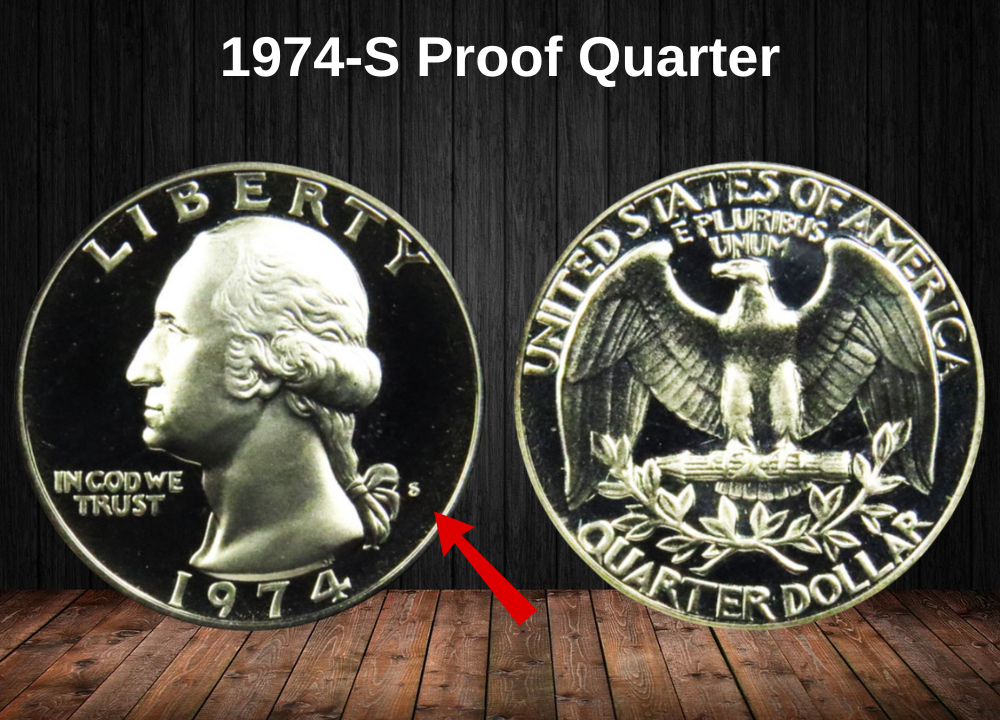
The 1974-S Proof Quarter was struck at the San Francisco Mint specifically for collectors, with specially prepared dies and planchets to create mirror-like fields and sharp design details. Over 2.6 million proof coins were produced, making them relatively common in lower proof grades but still desirable for their eye appeal.
These proofs were sold in annual proof sets, so most examples were preserved well. However, the real value difference comes from condition and contrast. While standard proofs (no CAM or DCAM designation) are affordable, pristine examples in PR-69 or PR-70 attract higher premiums, especially among registry set collectors.
For beginners, these coins represent an affordable way to own a high-quality quarter from the mid-1970s. For specialists, the search for deep cameo examples makes the 1974-S proof series especially rewarding.
1974-S Proof Quarter Value/Grade Chart
| Grade | Value Range |
|---|---|
| PR-60 | $2 – $3 |
| PR-63 | $4 – $5 |
| PR-65 | $6 – $8 |
| PR-67 | $10 – $15 |
| PR-69 | $18 – $25 |
| PR-70 (Perfect Proof) | $40 – $60+ |
1974-S Proof CAM Quarter Value
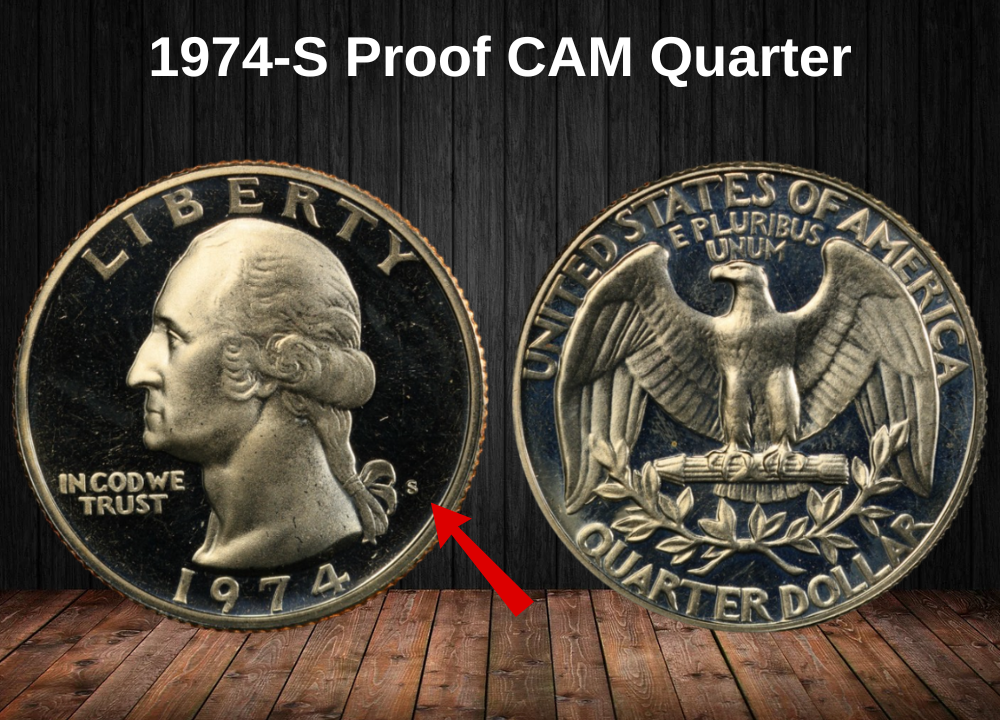
The 1974-S Proof CAM (Cameo) Quarter stands out because of its frosted design elements that contrast beautifully against deeply mirrored fields. This cameo effect was not present on all 1974 proofs, making CAM-designated coins noticeably scarcer and more desirable than standard proofs.
On a CAM specimen, Washington’s portrait and the eagle appear with a light frosted finish, while the background shines like a mirror. The effect gives these coins extra eye appeal, positioning them between ordinary proofs and the far rarer DCAM varieties.
Collectors particularly seek out high-grade CAM examples, as the sharp frosted contrast combined with nearly flawless surfaces creates some of the most attractive 1974 quarters available.
1974-S Proof CAM Quarter Value/Grade Chart
| Grade | Value Range |
|---|---|
| PR-64 CAM | $8 – $12 |
| PR-65 CAM | $14 – $20 |
| PR-66 CAM | $22 – $35 |
| PR-67 CAM | $40 – $60 |
| PR-68 CAM | $70 – $110 |
| PR-69 CAM | $140 – $200+ |
1974-S Proof DCAM Quarter Value
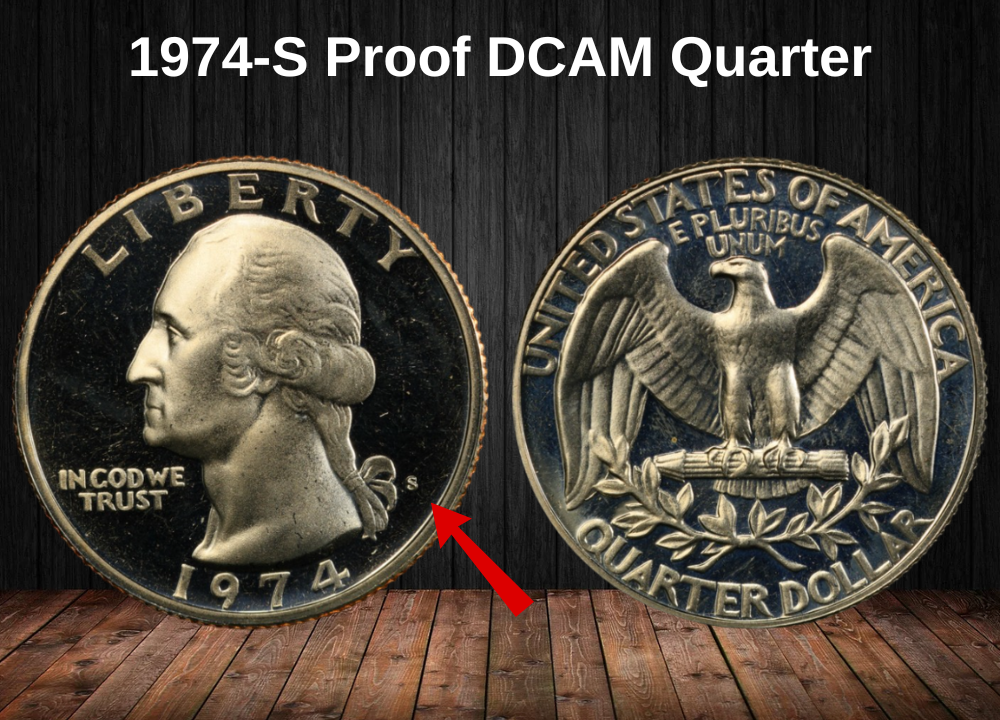
The 1974-S Proof DCAM (Deep Cameo) Quarter represents the highest quality of proof coinage from this year. These coins showcase heavily frosted devices that stand out in bold contrast against deeply mirrored fields, creating the dramatic black-and-white effect that collectors prize.
Unlike standard proofs, only a small portion of the 1974-S mintage achieved the Deep Cameo designation, since it required perfectly prepared dies and early strikes before the frosting began to wear down. This makes DCAM specimens considerably scarcer and more valuable than both standard proofs and CAM examples.
For collectors building high-end registry sets, the 1974-S DCAM quarter is one of the most coveted clad-era proofs. In top grades such as PR-69 and PR-70, these coins can command strong premiums thanks to their rarity and flawless eye appeal.
1974-S Proof DCAM Quarter Value/Grade Chart
| Grade | Value Range |
|---|---|
| PR-64 DCAM | $12 – $18 |
| PR-65 DCAM | $20 – $30 |
| PR-66 DCAM | $35 – $50 |
| PR-67 DCAM | $60 – $90 |
| PR-68 DCAM | $120 – $180 |
| PR-69 DCAM | $220 – $350+ |
| PR-70 DCAM | $500 – $800+ |
Rare 1974 Quarter Error List
Although the 1974 Washington quarter was mass-produced and most examples remain common, a handful of striking errors make this date a fascinating one for collectors. These minting mistakes dramatically impact market value, turning ordinary clad quarters into highly desirable numismatic treasures.
1. 1974-D Doubled Die Obverse (DDO)
One of the most recognized errors of 1974, the DDO variety shows clear doubling on the obverse inscriptions, especially in “LIBERTY” and “IN GOD WE TRUST.” Washington’s profile may also display slight doubling in the hair and facial details.
This doubling occurred during die preparation, when multiple hub impressions were slightly misaligned. Strong examples are scarce and bring strong premiums in higher mint state grades.
Value Chart – 1974-D Doubled Die Obverse (DDO)
| Grade | Value Range |
|---|---|
| VF-20 | $25 – $40 |
| EF-40 | $50 – $80 |
| AU-50 | $90 – $150 |
| MS-60 | $175 – $250 |
| MS-63 | $325 – $450 |
| MS-65 | $700 – $1,000 |
| MS-66 | $1,400+ |
2. 1974-S Proof Doubled Die Reverse (DDR)
Proof coins from San Francisco occasionally display doubled design elements on the reverse. On this variety, doubling is most evident in “UNITED STATES OF AMERICA” and “QUARTER DOLLAR,” with some spreading visible in the eagle’s feathers.
Because these are proofs, the doubling is crisp and easier to spot, particularly in Cameo and Deep Cameo examples.
Value Chart – 1974-S Proof Doubled Die Reverse (DDR)
| Grade | Value Range |
|---|---|
| PR-64 | $40 – $65 |
| PR-65 | $75 – $120 |
| PR-66 | $150 – $225 |
| PR-67 | $275 – $375 |
| PR-68 | $450 – $650 |
| PR-69 CAM/DCAM | $800 – $1,200+ |
3. 1974-D RPM (Repunched Mint Mark) FS-501
Repunched mint mark (RPM) varieties remain highly collectible, as mint marks in this era were still applied manually to working dies. The FS-501 RPM shows a distinct secondary “D” mint mark slightly offset from the primary punch.
Collectors prize these varieties for their historical connection to the manual minting process and their visibility under magnification.
Value Chart – 1974-D RPM FS-501
| Grade | Value Range |
|---|---|
| VF-20 | $15 – $25 |
| EF-40 | $30 – $50 |
| AU-50 | $55 – $90 |
| MS-60 | $100 – $150 |
| MS-63 | $175 – $250 |
| MS-65 | $325 – $500 |
| MS-66 | $650+ |
4. 1974 Off-Center Strike
The off-center strike is a dramatic error where the design is misaligned, leaving part of the planchet blank. Minor misalignments of 5–10% are more common, but coins struck 40–60% off-center—while still showing a full date—are the most valuable.
These errors are easy to identify, making them popular among both new and advanced collectors.
Value Chart – 1974 Off-Center Strike
| Off-Center % | Value Range |
|---|---|
| 5% – 10% | $40 – $80 |
| 15% – 30% | $100 – $175 |
| 40% – 60% (with full date) | $250 – $400+ |
5. 1974 Clipped Planchet
Clipped planchet errors occur when a blank is punched too close to the edge of the metal strip, cutting off part of the coin. These clips may appear straight, curved, or ragged, and are usually accompanied by a “blunted” rim opposite the clip.
The size and shape of the clip greatly influence the coin’s value.
Value Chart – 1974 Clipped Planchet
| Size of Clip | Value Range |
|---|---|
| Small (5% or less) | $25 – $40 |
| Medium (10%–20%) | $60 – $100 |
| Large (25%+) | $150 – $300+ |
Where to Sell Your Quarter Coin?
Now that you know the value of your quarter, the next step is deciding where to sell it. There are several trusted options—both online and in person—that can help you get the best price depending on your coin’s rarity and condition.
To see the full list of recommended places, along with their advantages and disadvantages, check our complete guide on where to sell your quarter coins.
FAQ about the 1974 Quarter
1) Why are MS-67 business strikes from 1974 so difficult despite massive mintages?
The majority of coins show bag marks, strike weakness on Washington’s hair and the eagle’s breast, and dull luster. Only a fraction survived with booming luster and clean fields suitable for MS-67 or higher.
2) How important are 1974-D RPM varieties to specialists?
Several repunched mintmark (D/D) varieties exist, with the strongest showing clear secondary impressions north or west of the primary mintmark. While not mainstream, they are prized by variety hunters and can trade at premiums when certified.
3) What diagnostics separate Proof 1974-S Deep Cameo coins from average proofs?
True DCAM pieces show thick, frosted devices with jet-black mirrored fields and squared rims. Many proofs lack full frost due to die wear; only a small percentage reach PR-69 DCAM, making them registry targets.
4) How do grading services treat weak strikes on 1974 quarters?
Strike quality is factored into the grade. Even if a coin has clean surfaces, flat hair detail or weak eagle feathers can cap the coin at MS-65 or MS-66. Fully struck examples are significantly scarcer.
5) Are there notable doubled dies for 1974?
Yes, but they are mostly minor DDOs and DDRs. They show extra thickness in the lettering or date rather than dramatic splits. They’re worth cherry-picking but won’t command huge premiums like the famous 1970-S or 1971-S DDOs.
6) What role do planchet errors play in 1974 quarter value?
Wrong-planchet errors (strikes on dime or nickel stock) or off-metal coins bring hundreds to thousands, depending on grade and error type. These are far rarer than standard business strikes and attract advanced error collectors.
7) From an investment perspective, what are the top 1974 quarter plays?
- MS-67 certified business strikes from Philadelphia and Denver
- 1974-D RPM varieties in high grade
- Proof 1974-S PR-69 DCAM examples with strong frost
These three categories combine scarcity, collector demand, and registry competition to drive long-term value.

